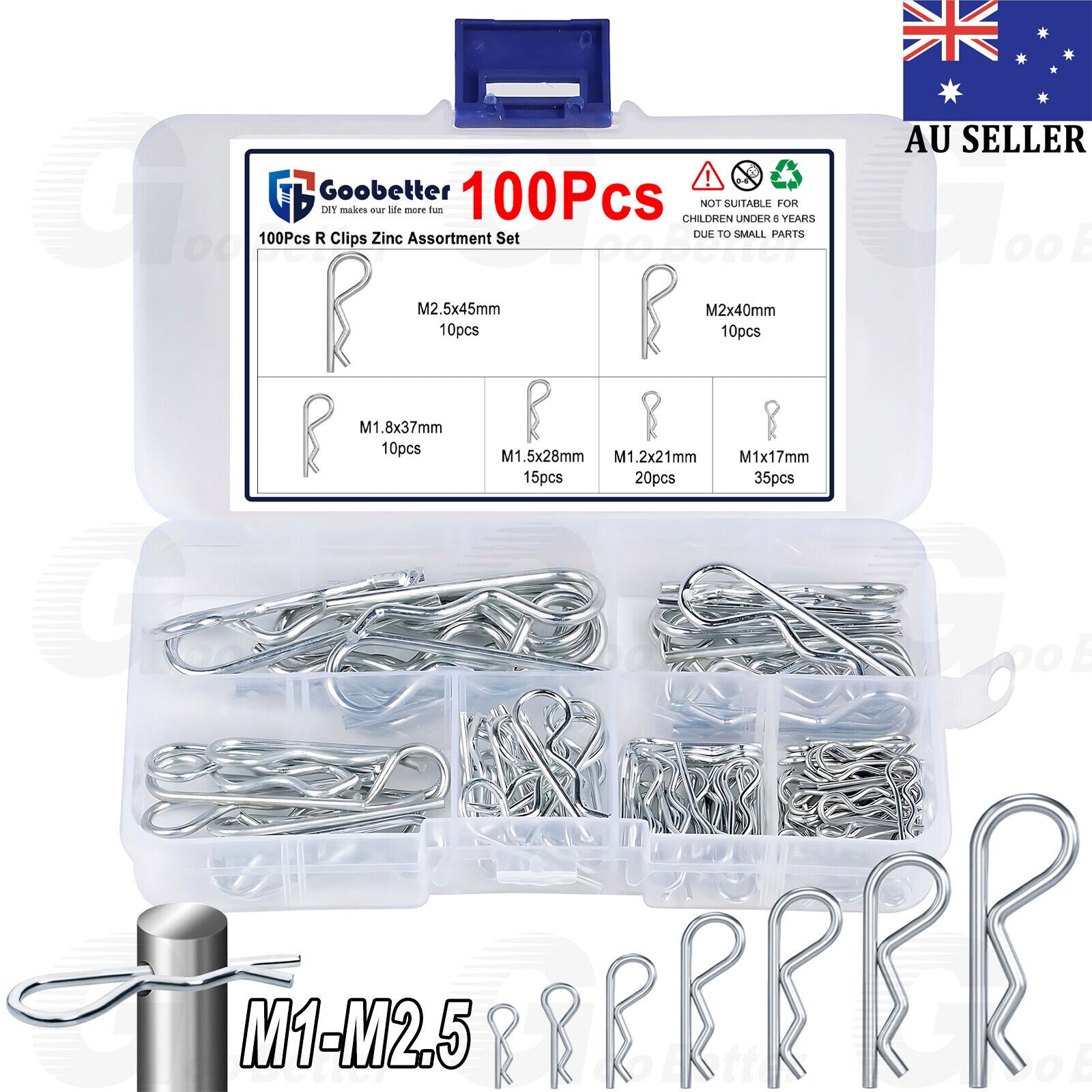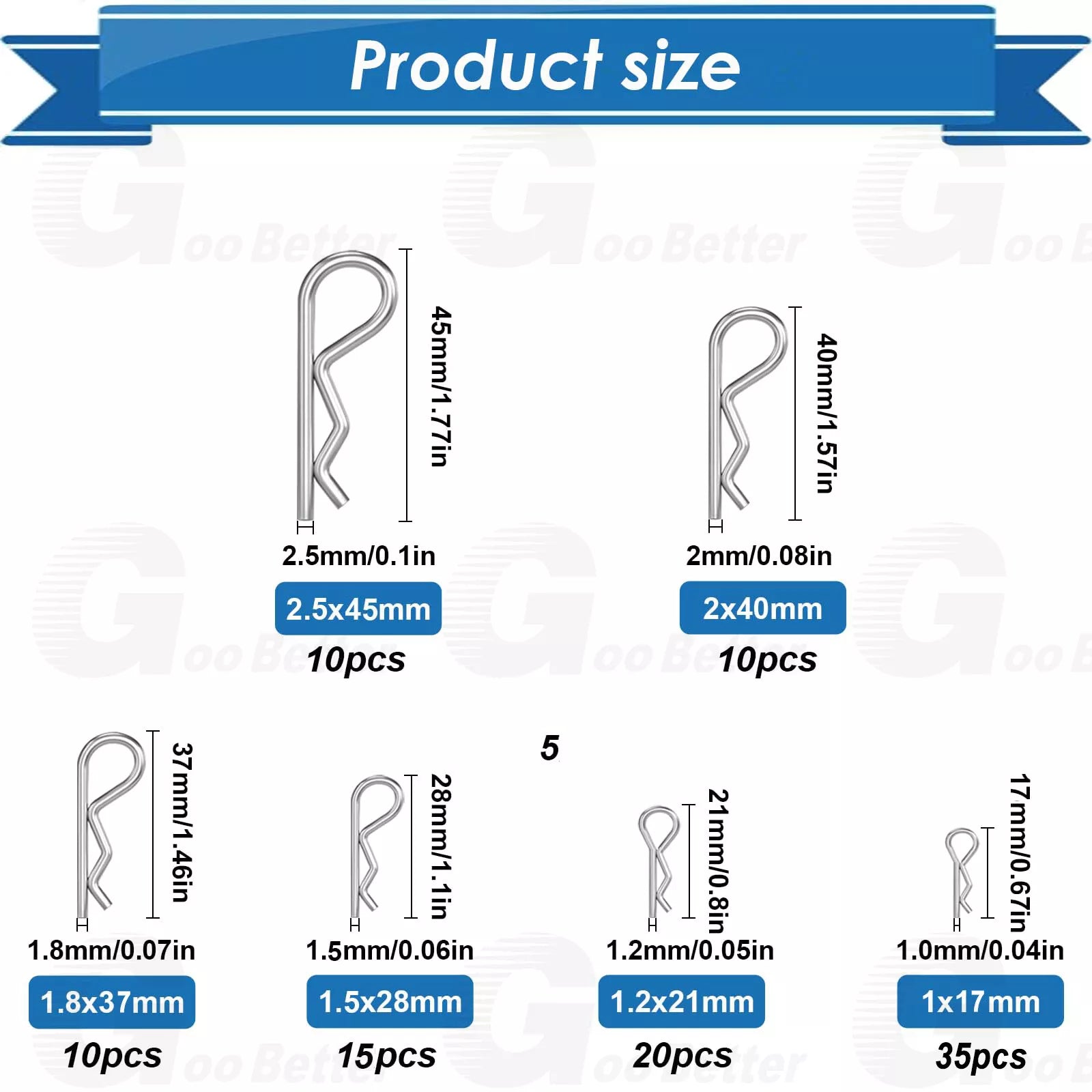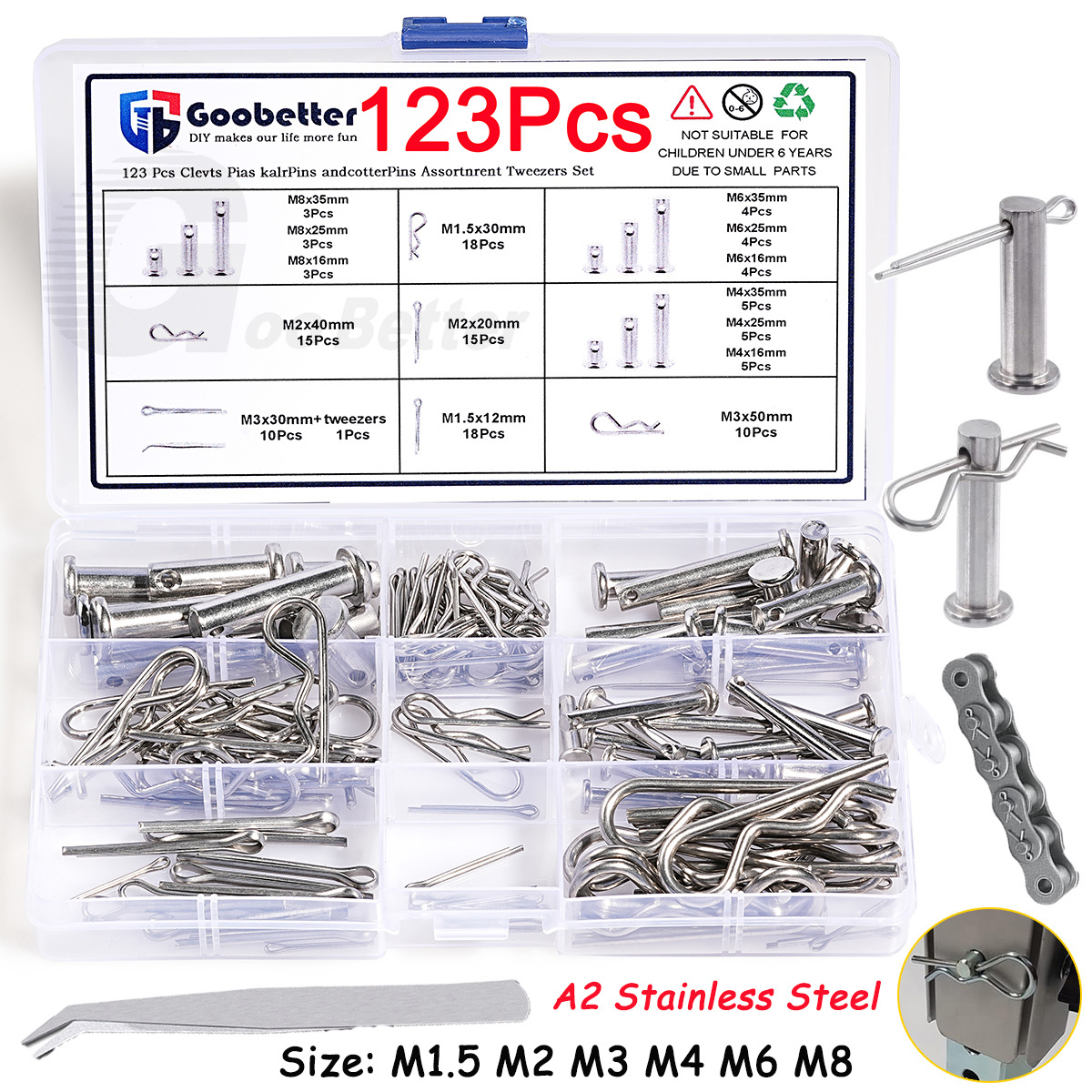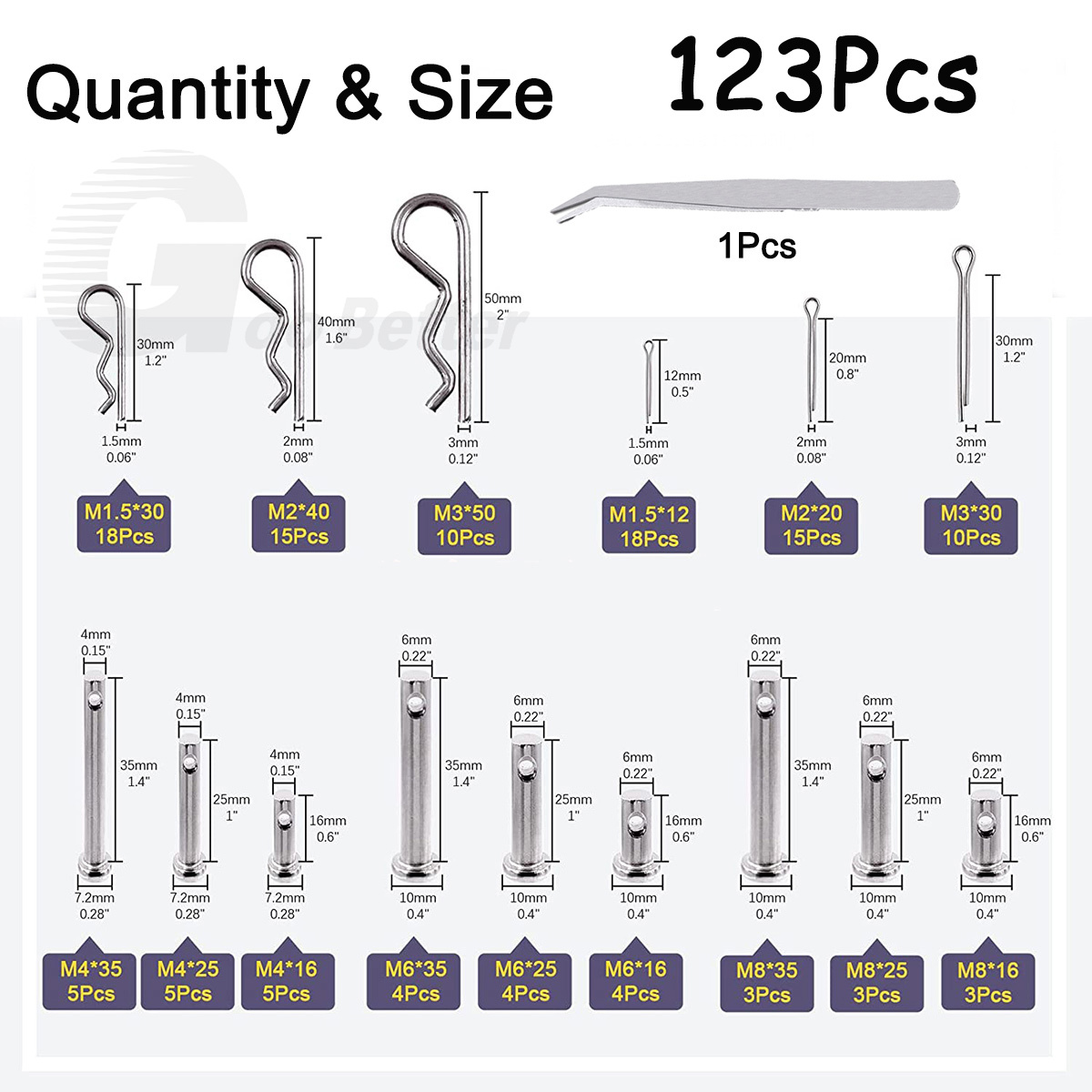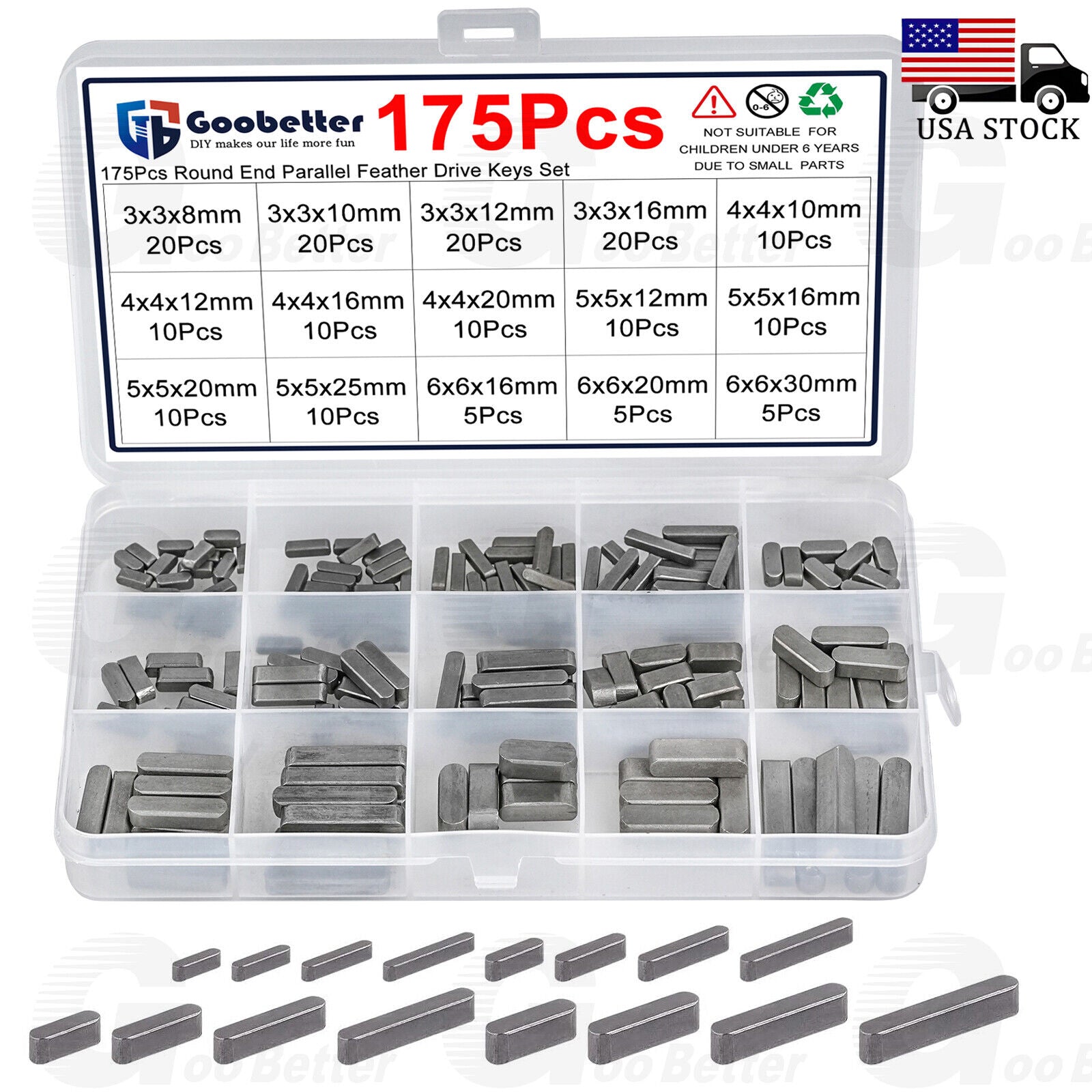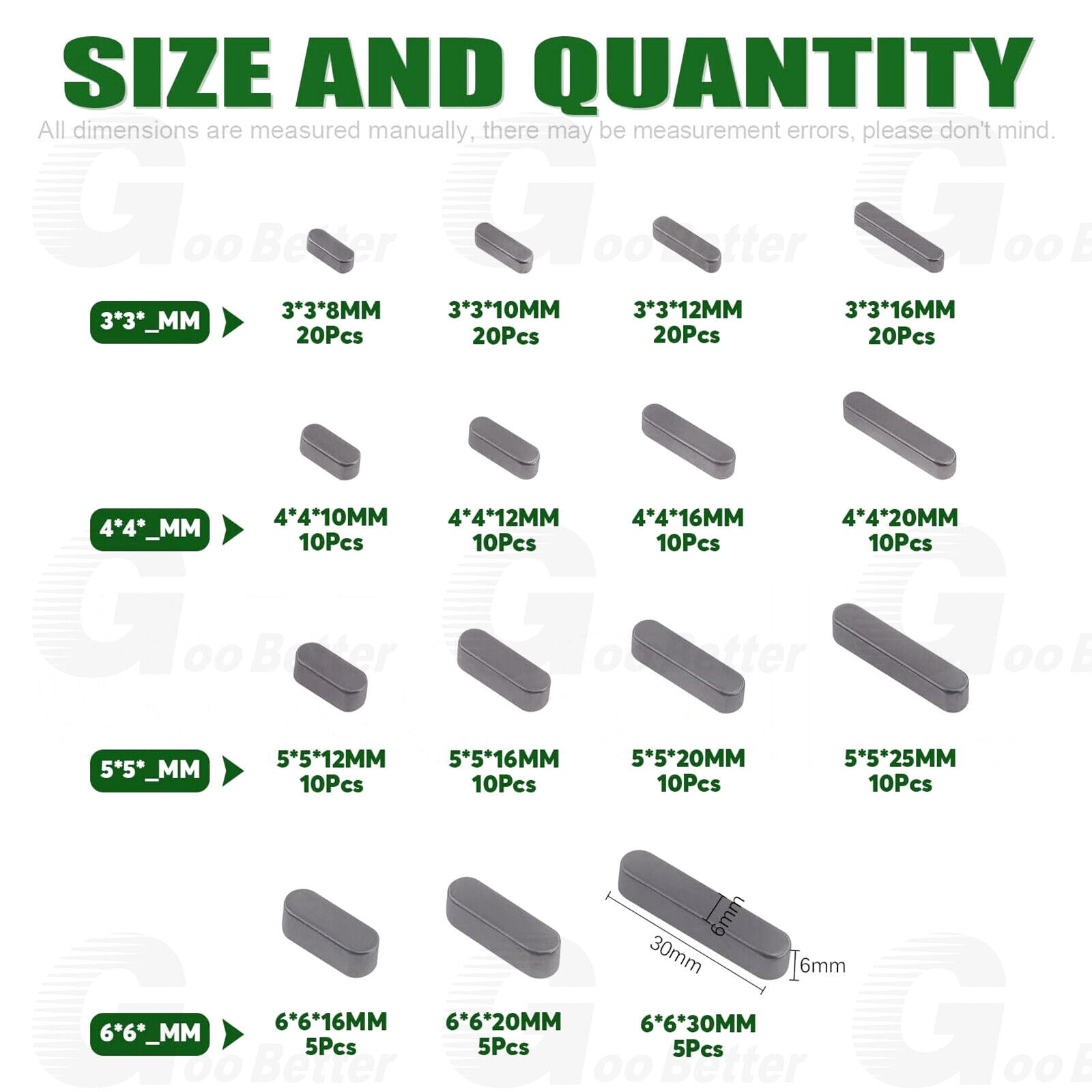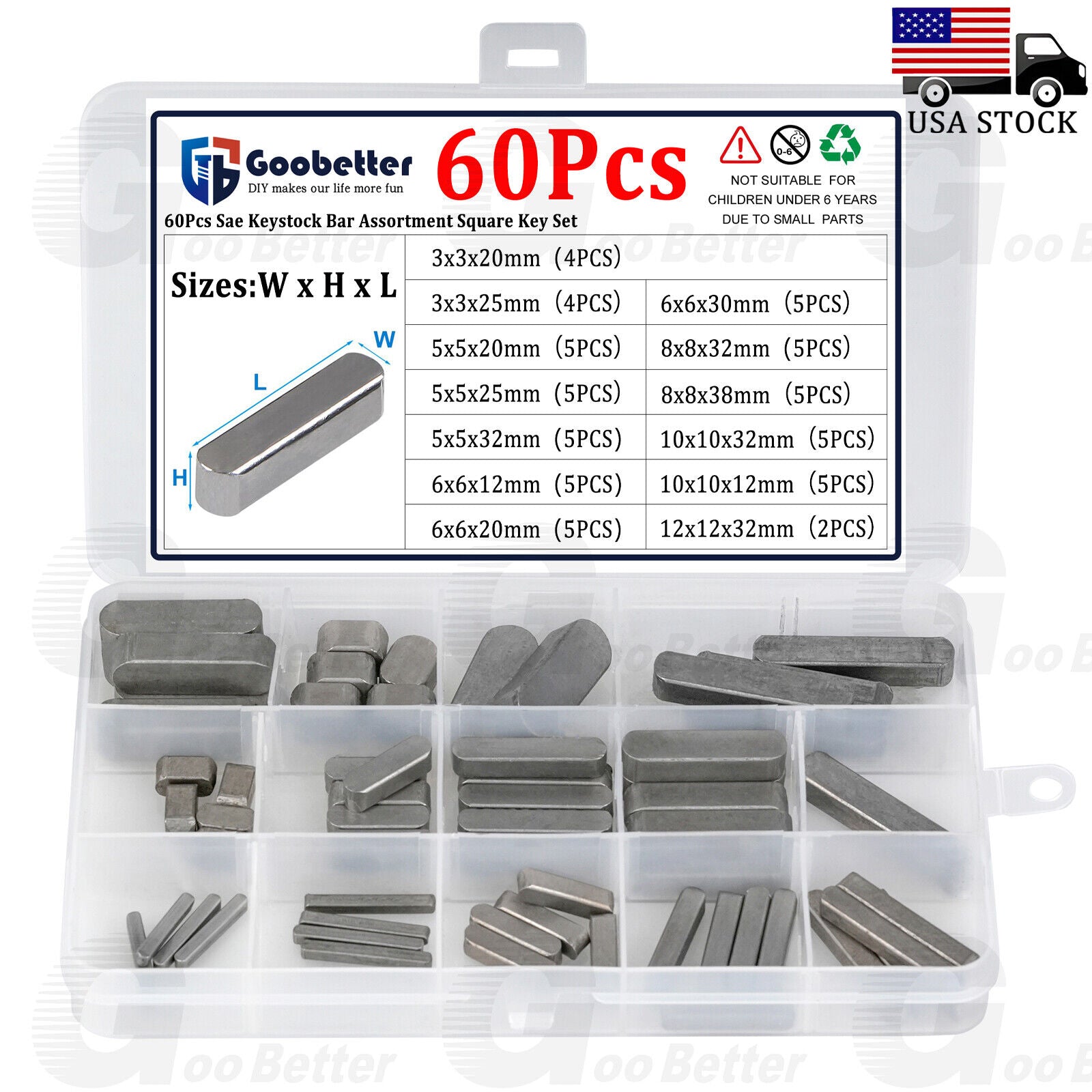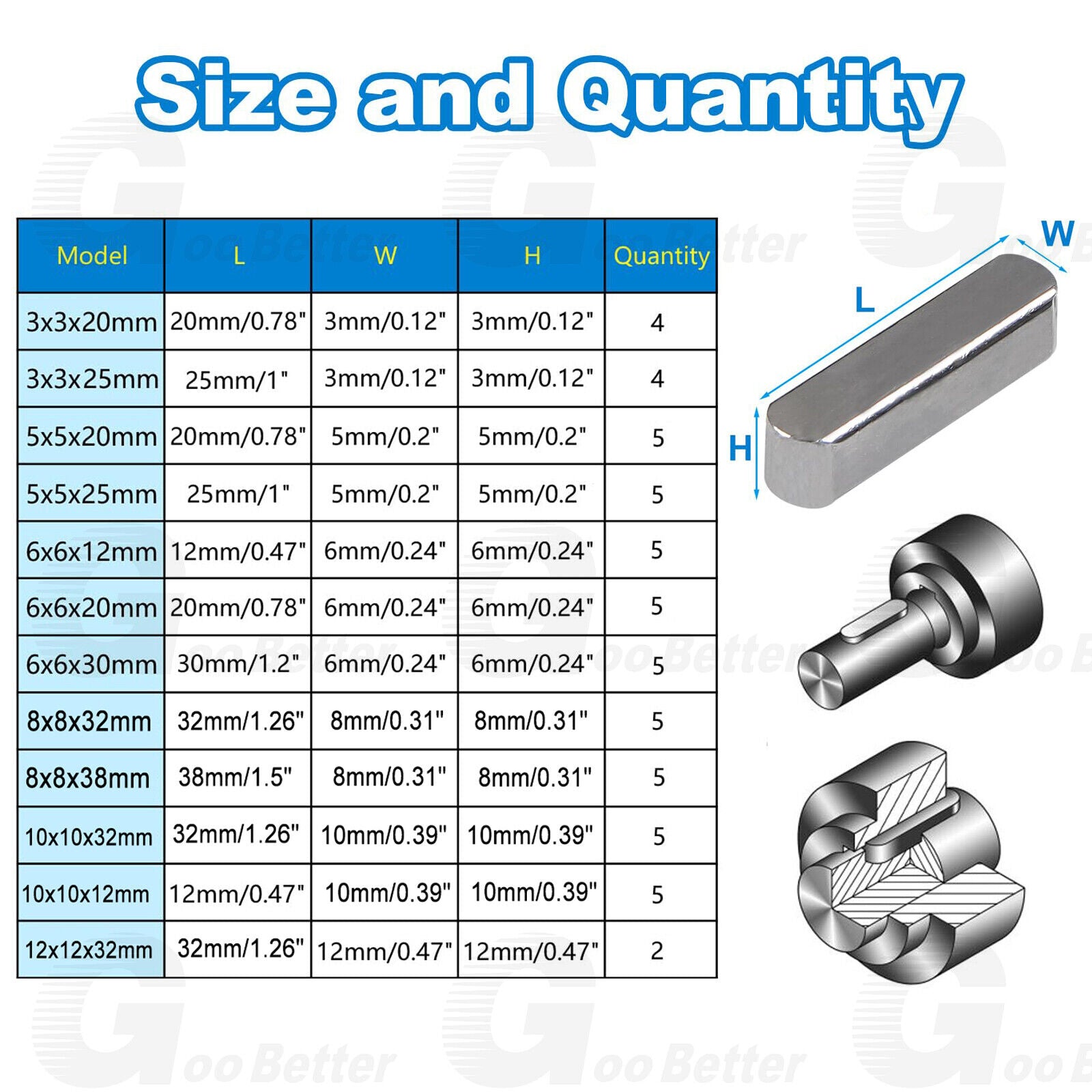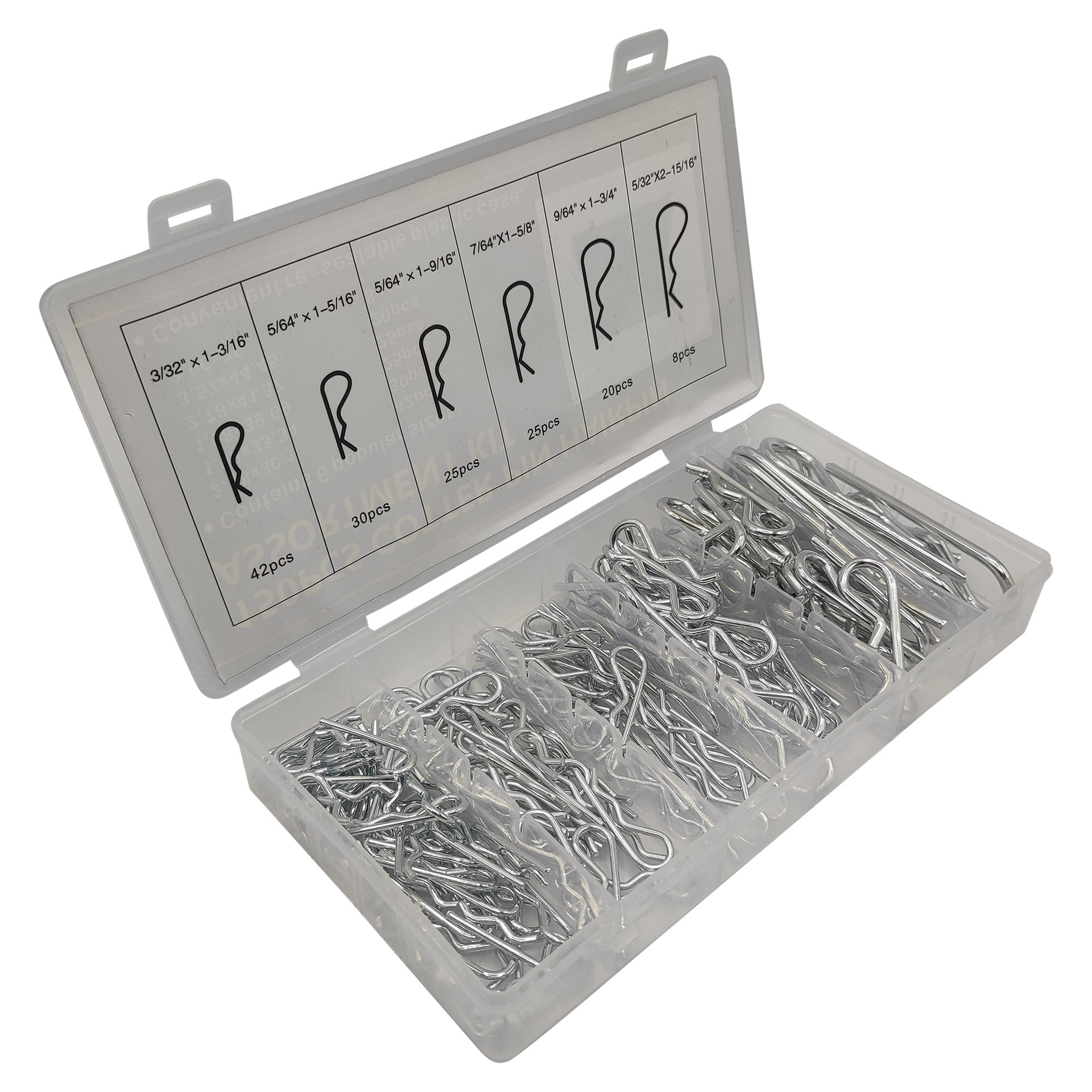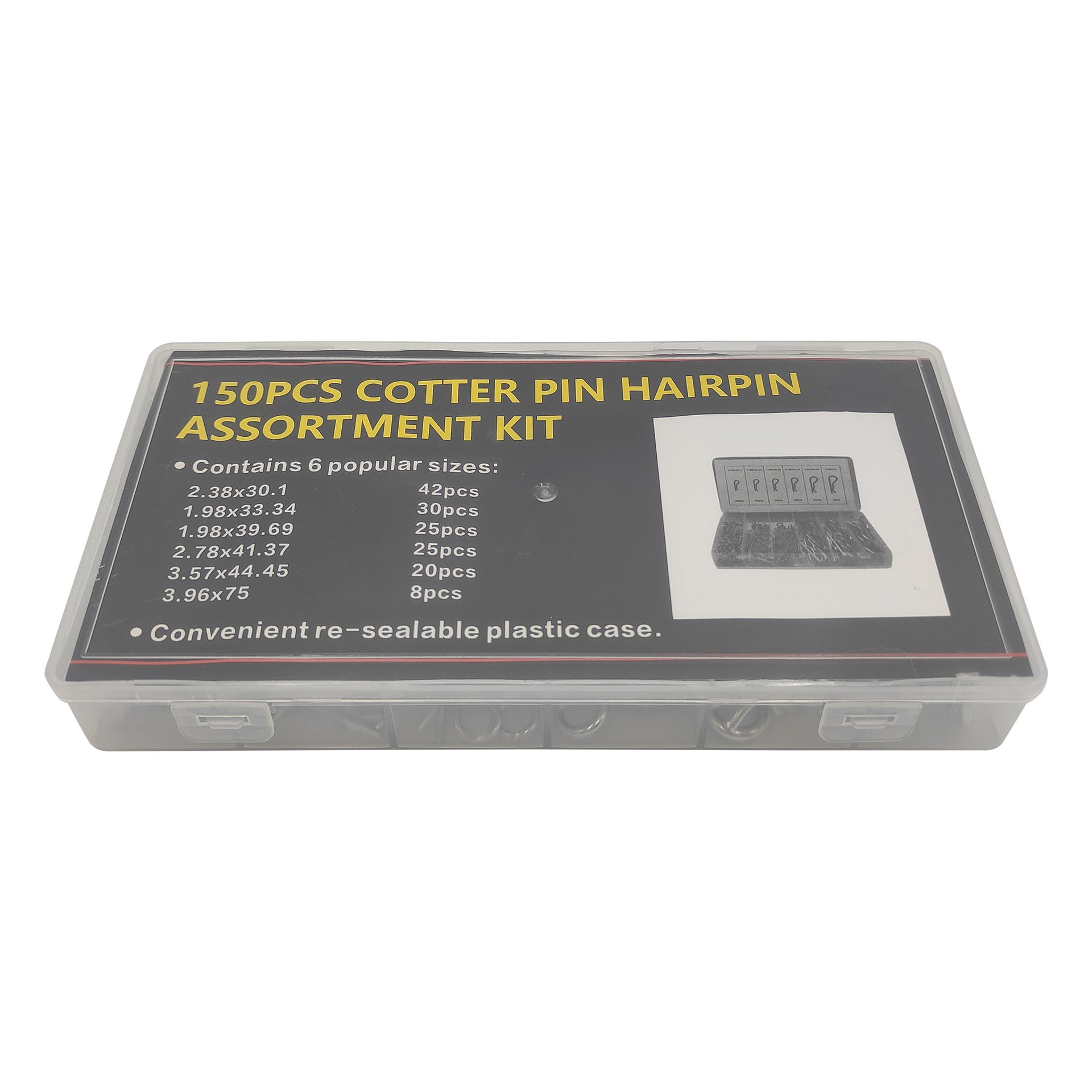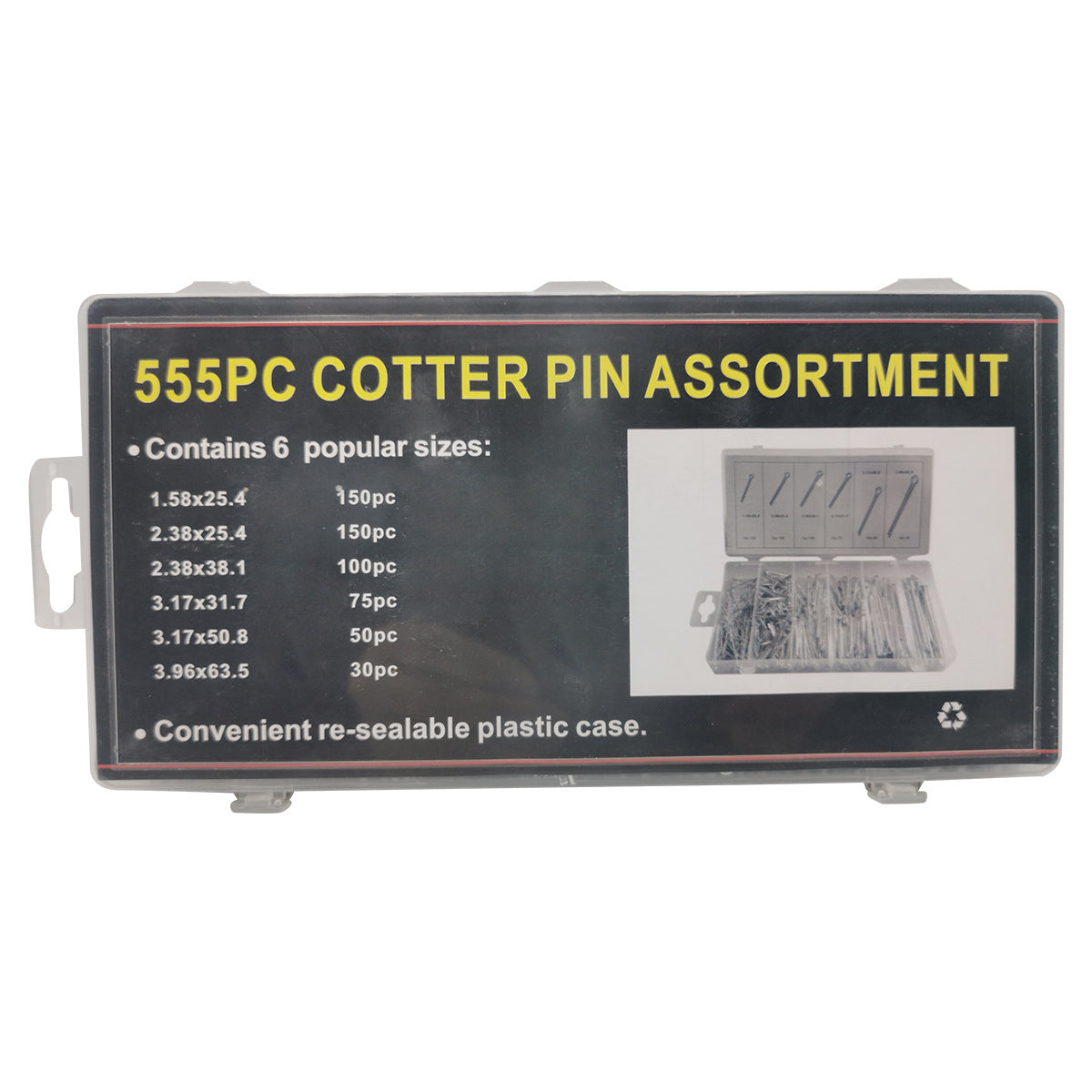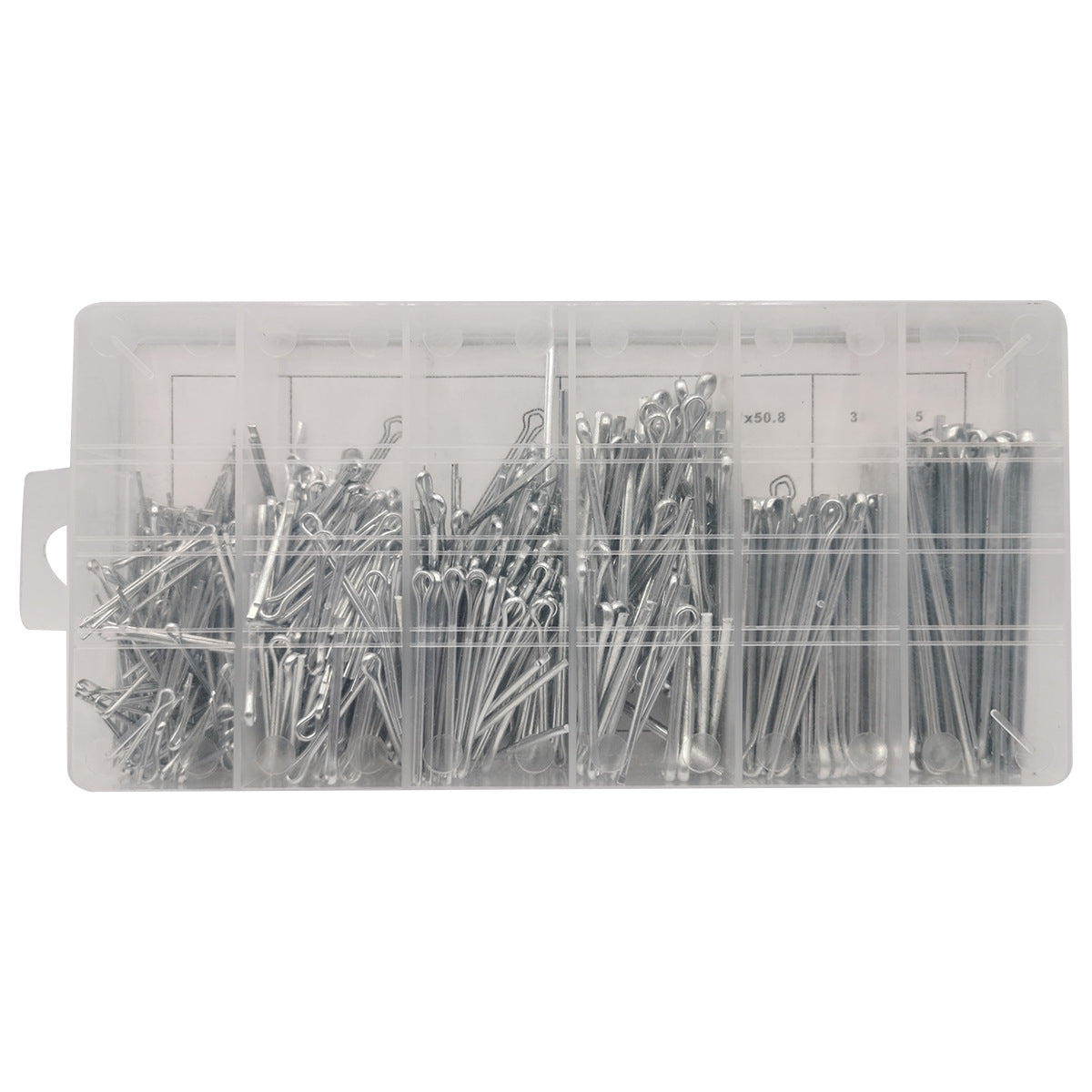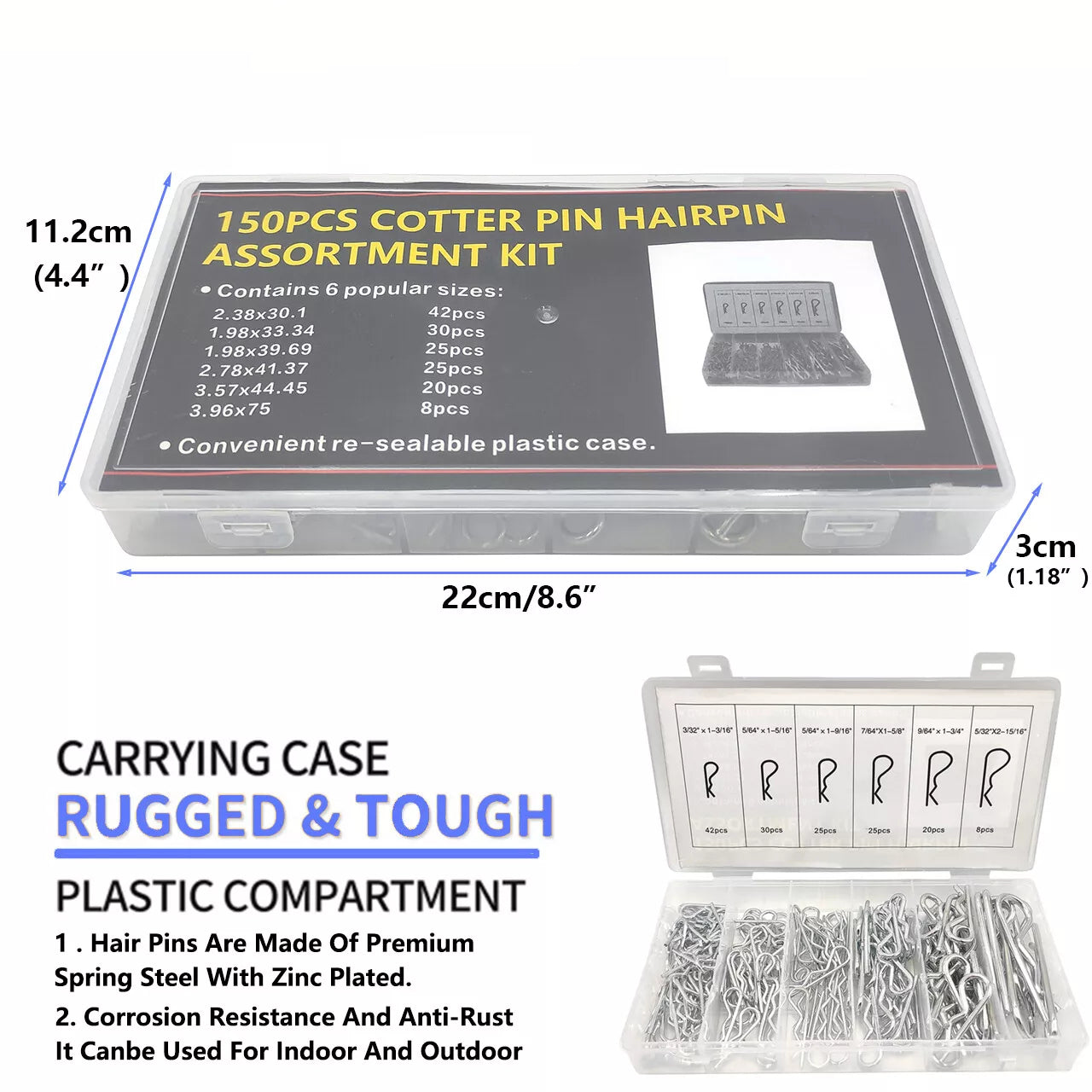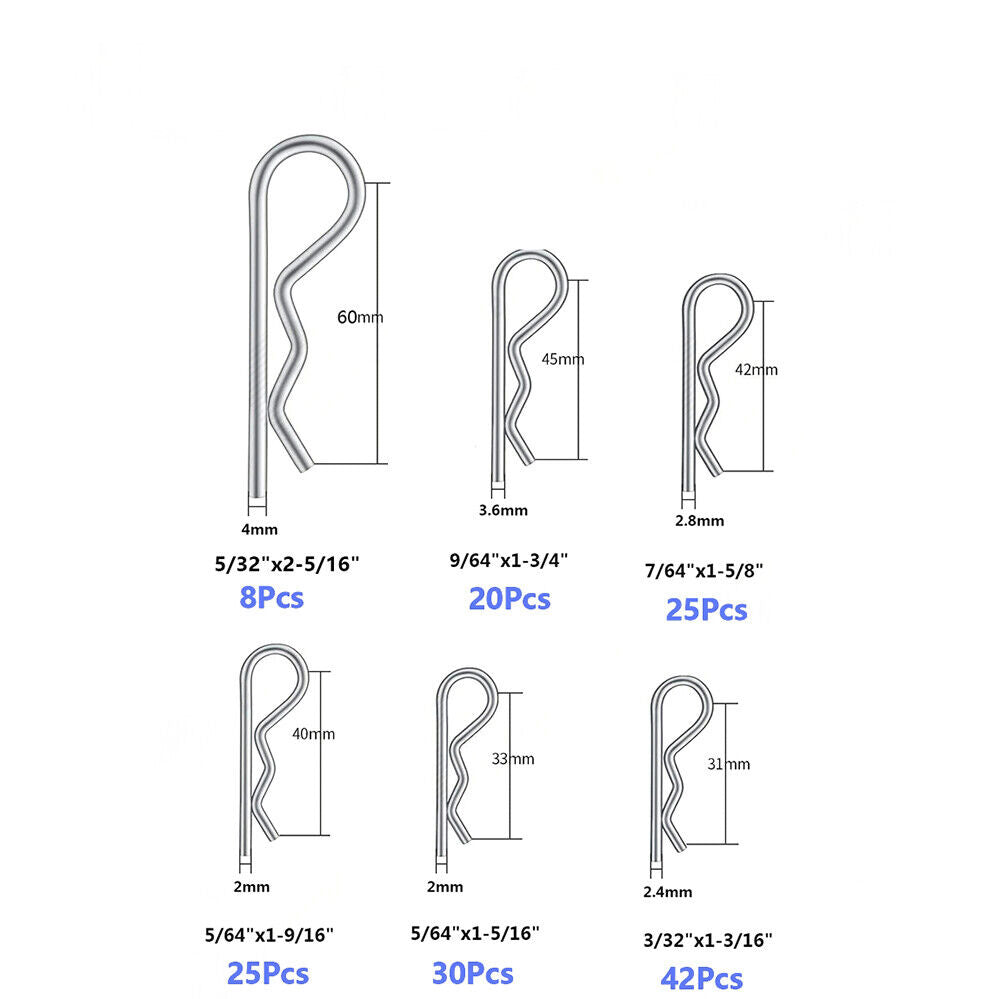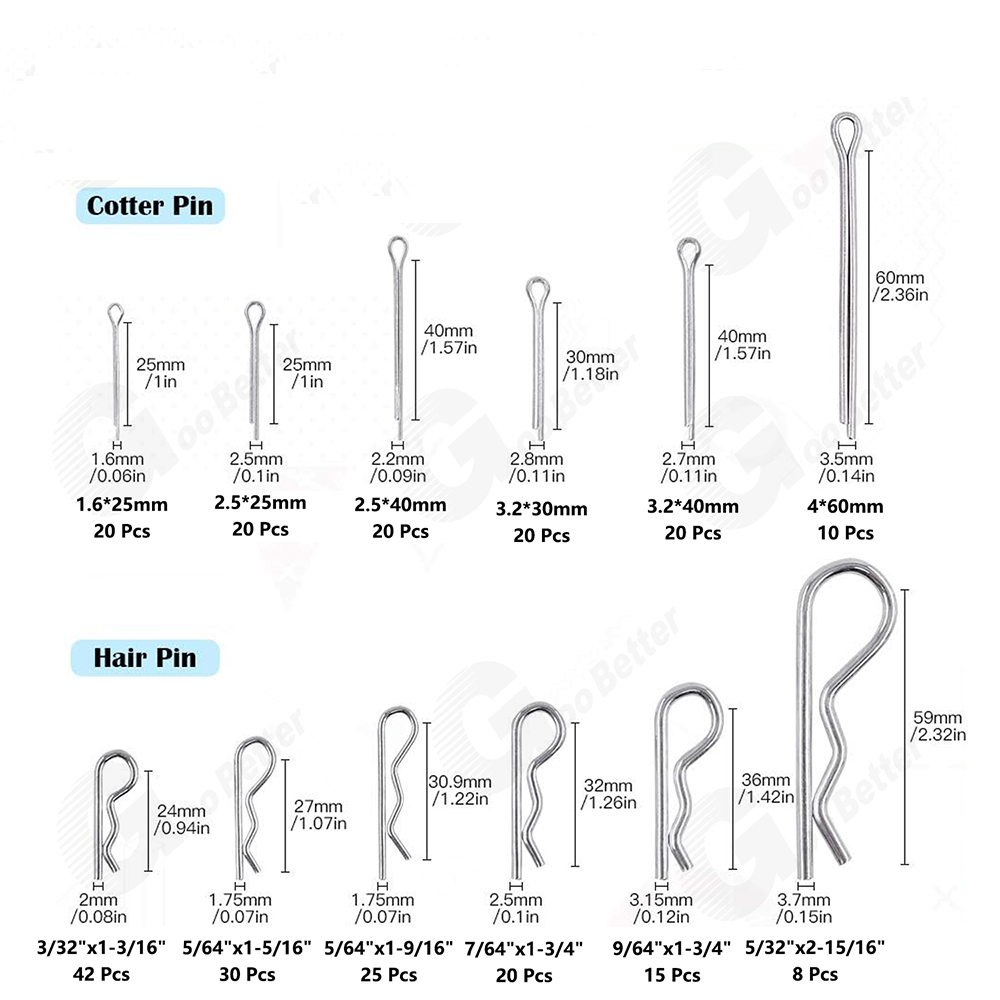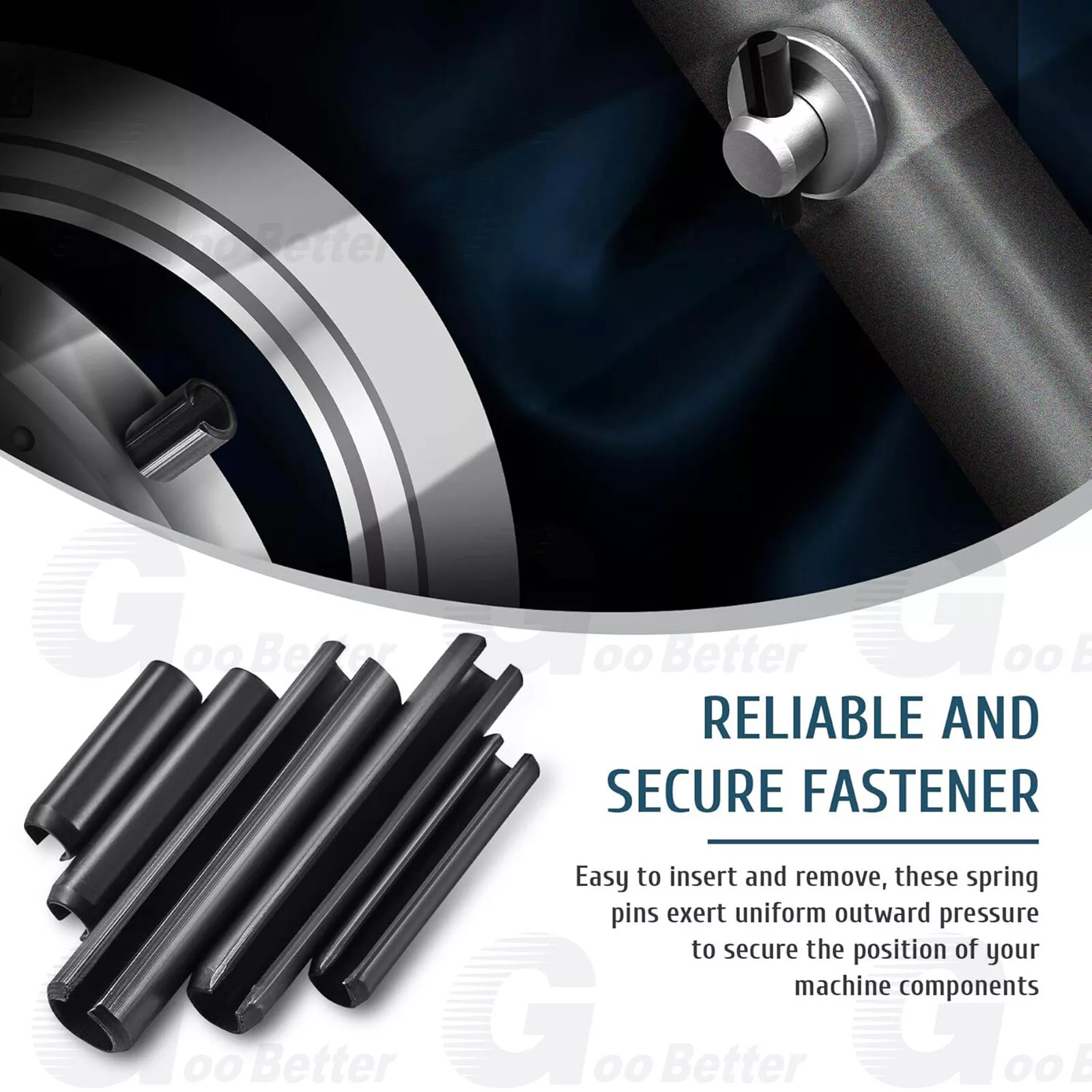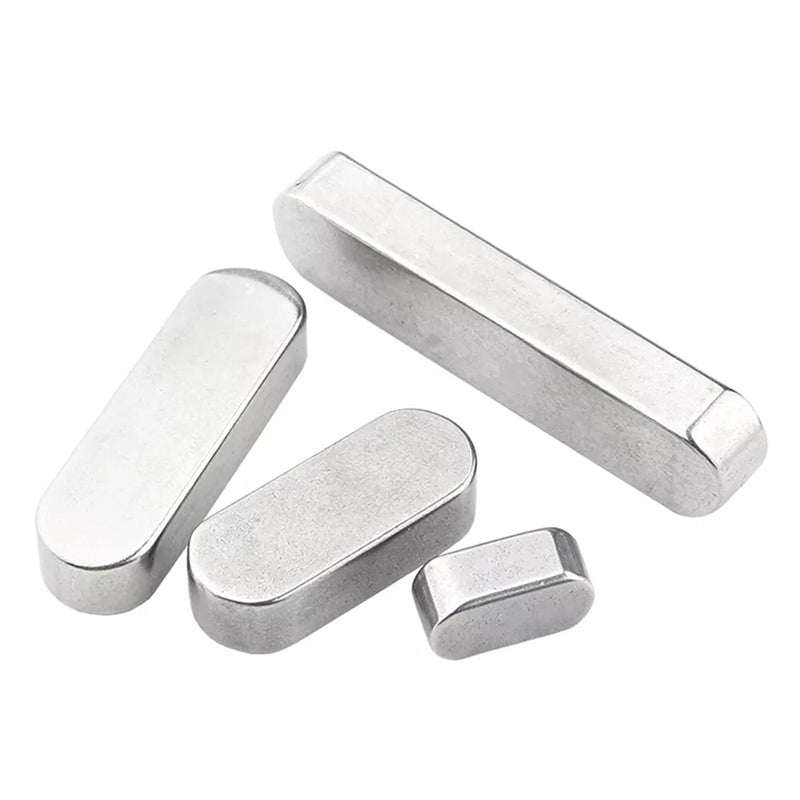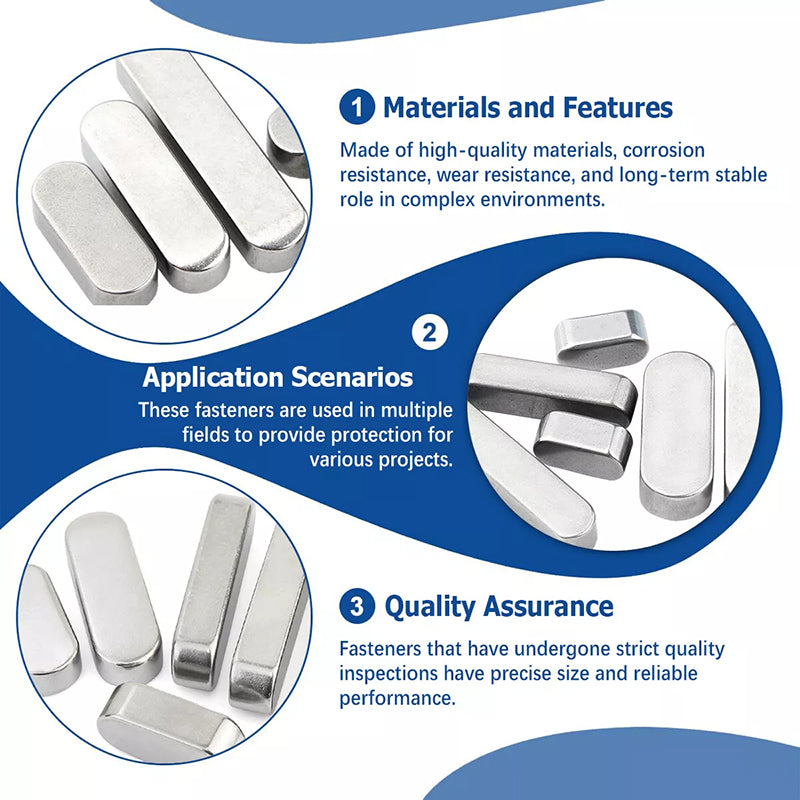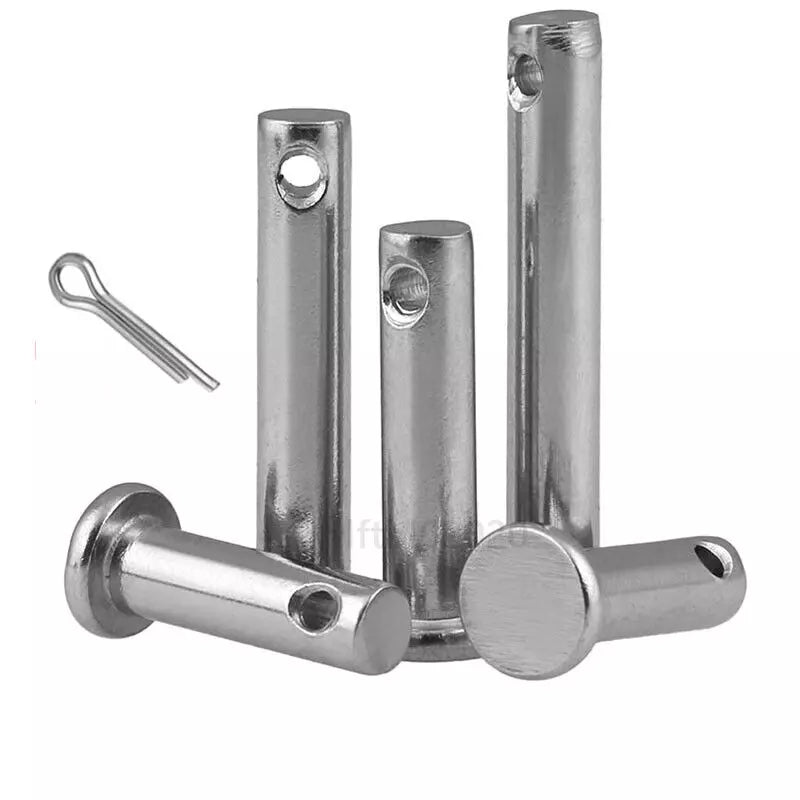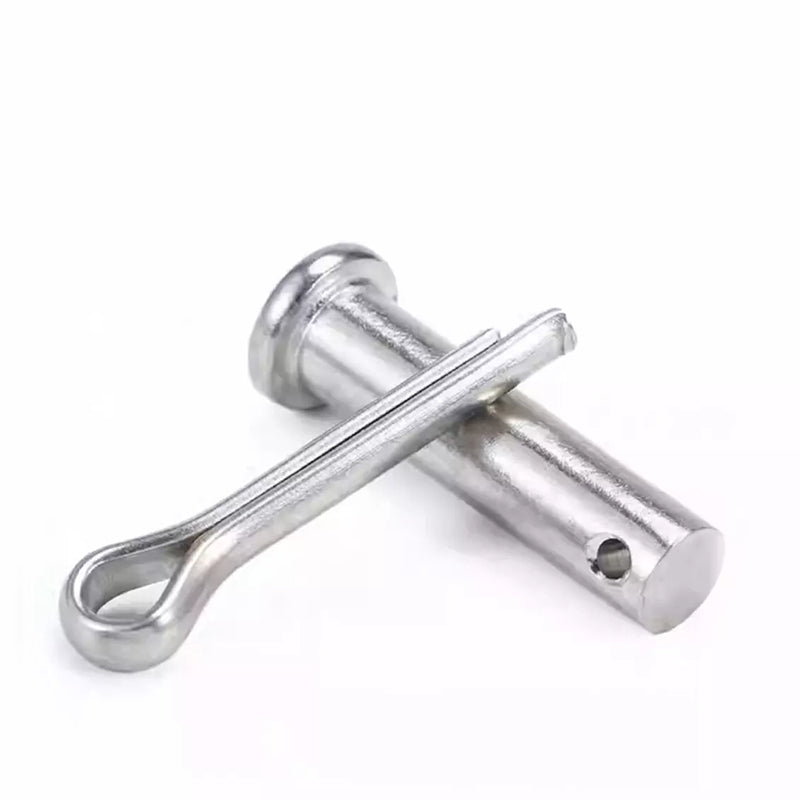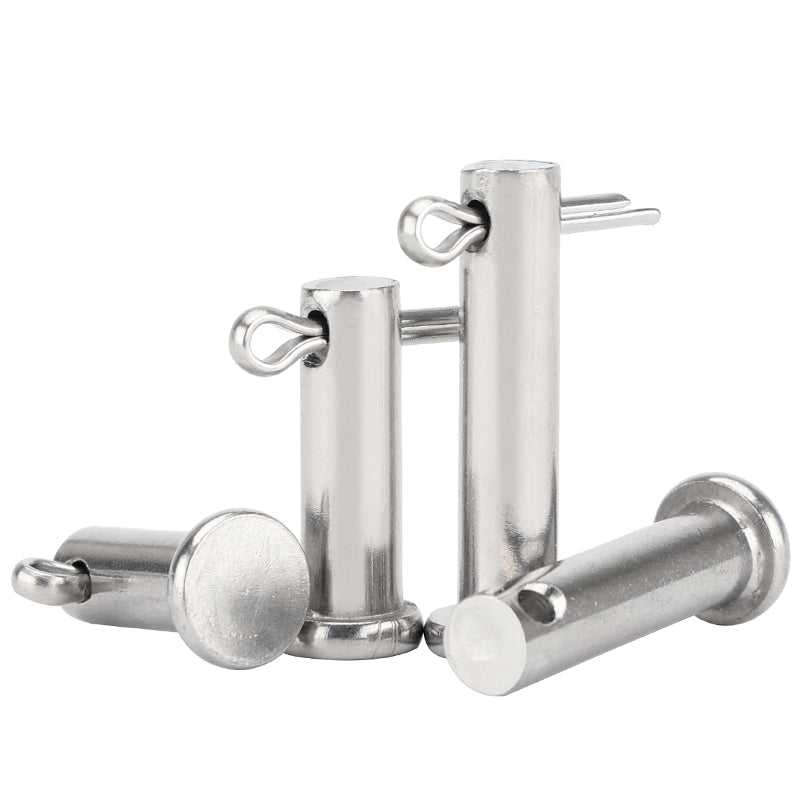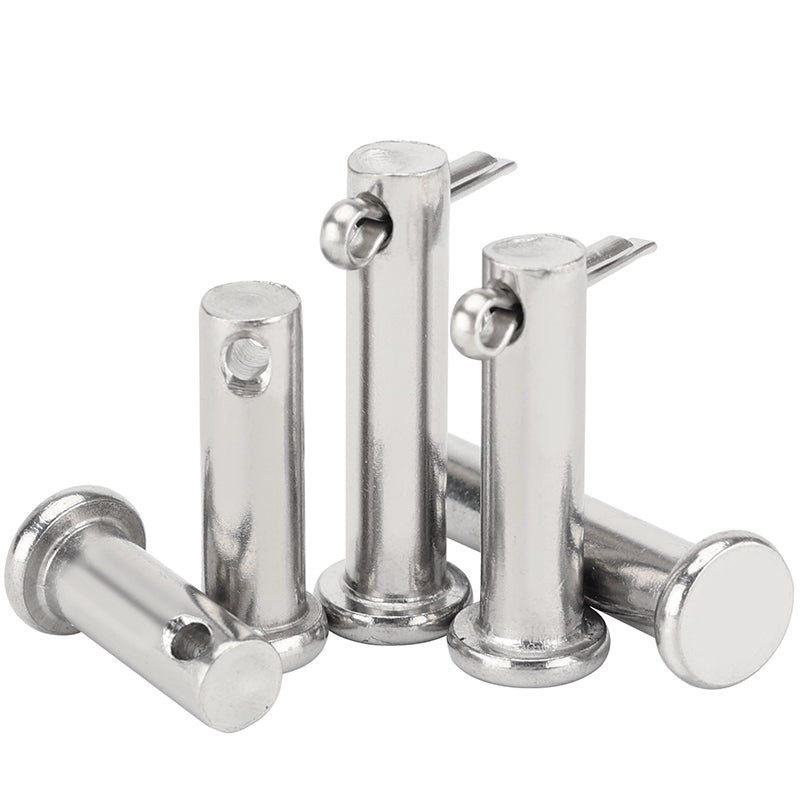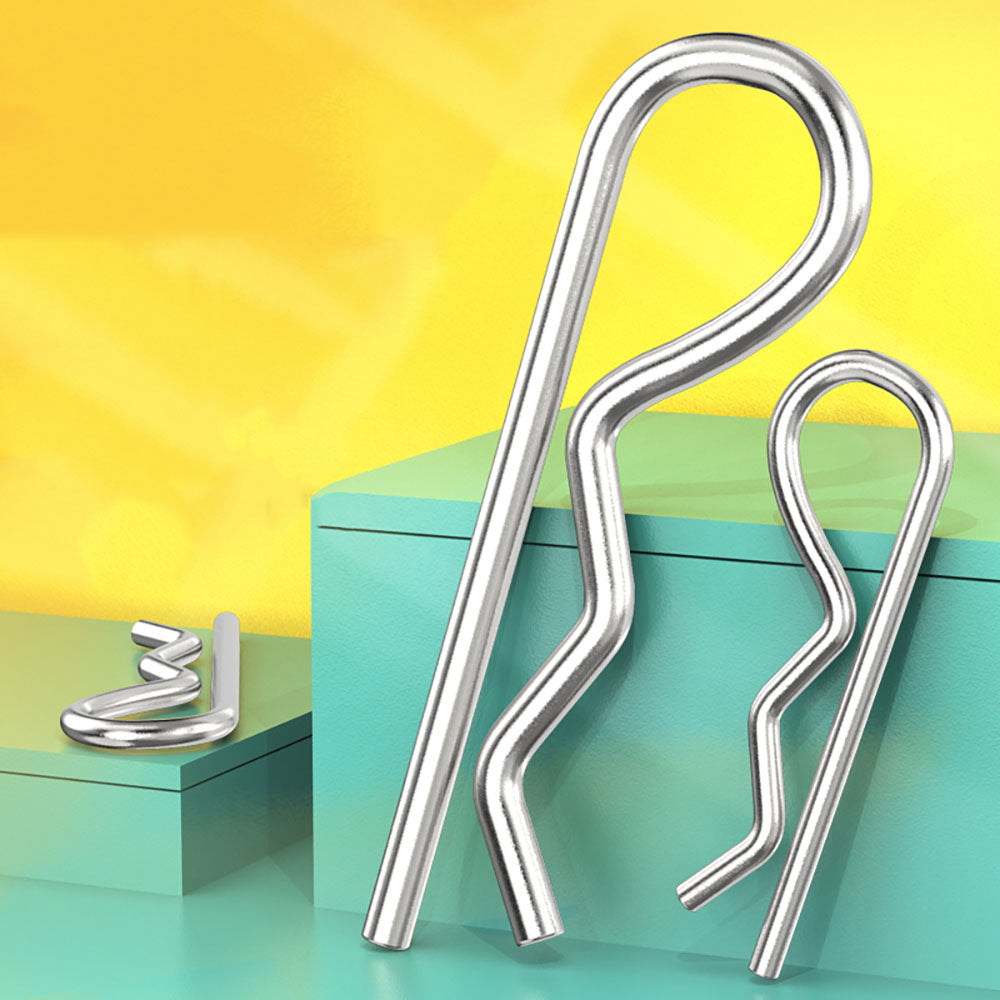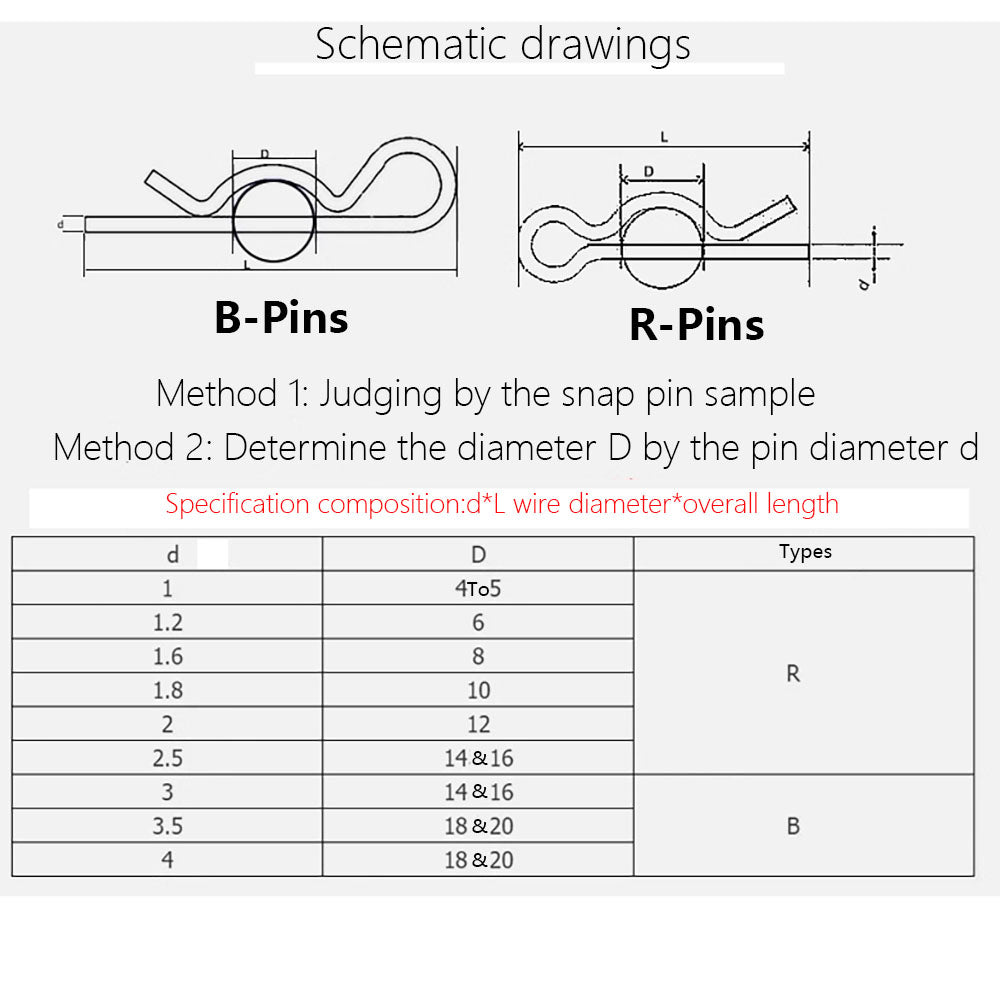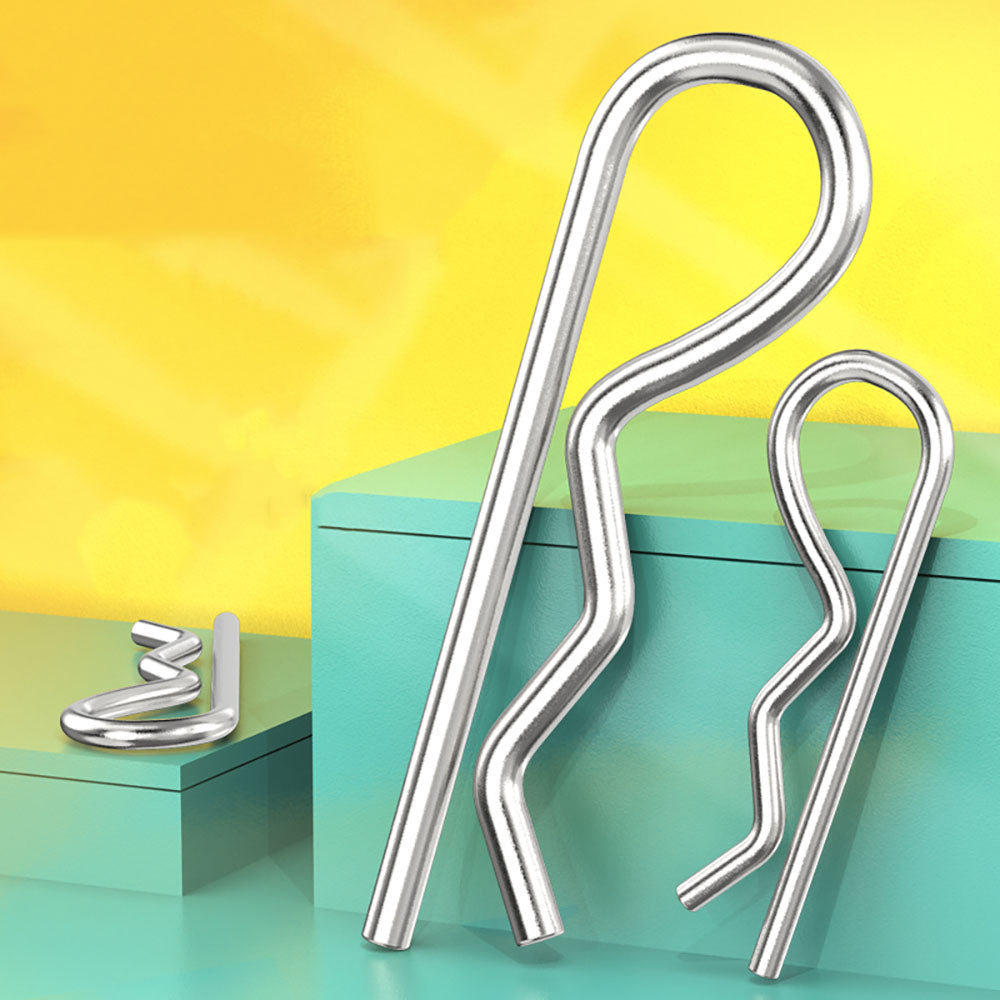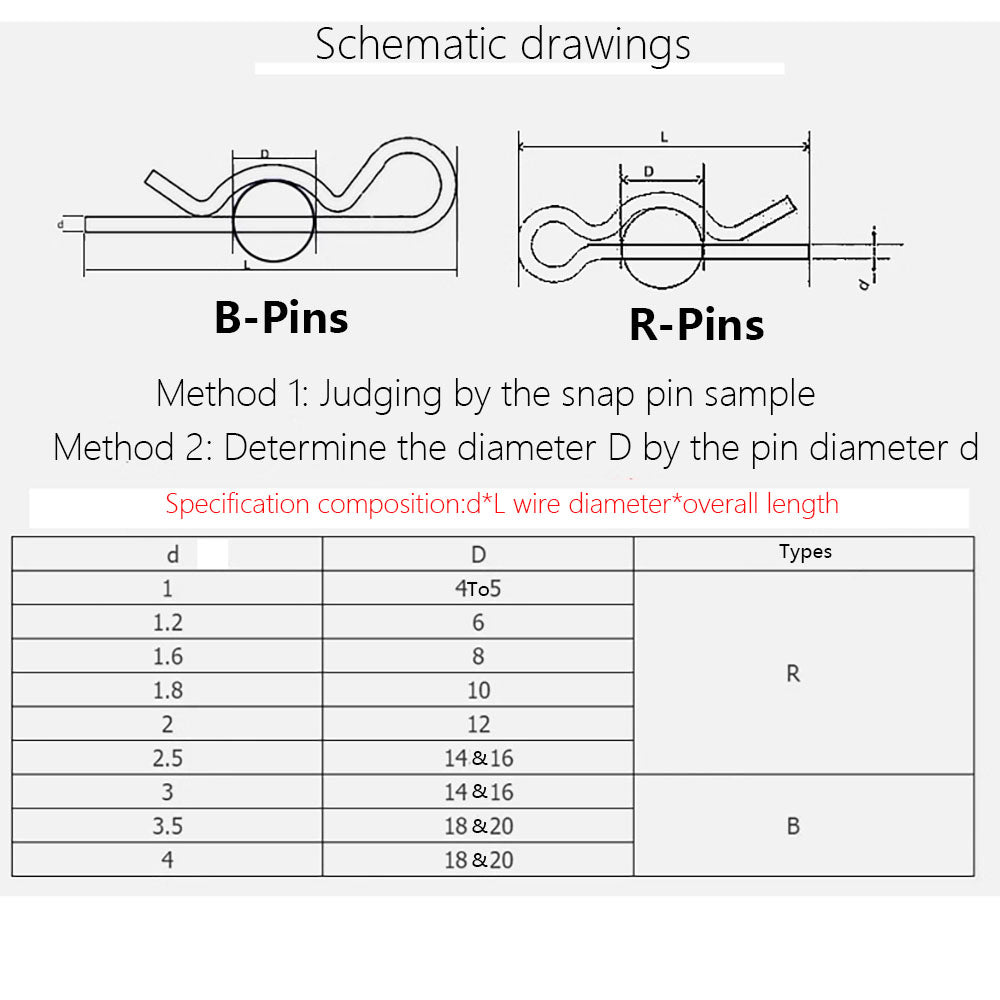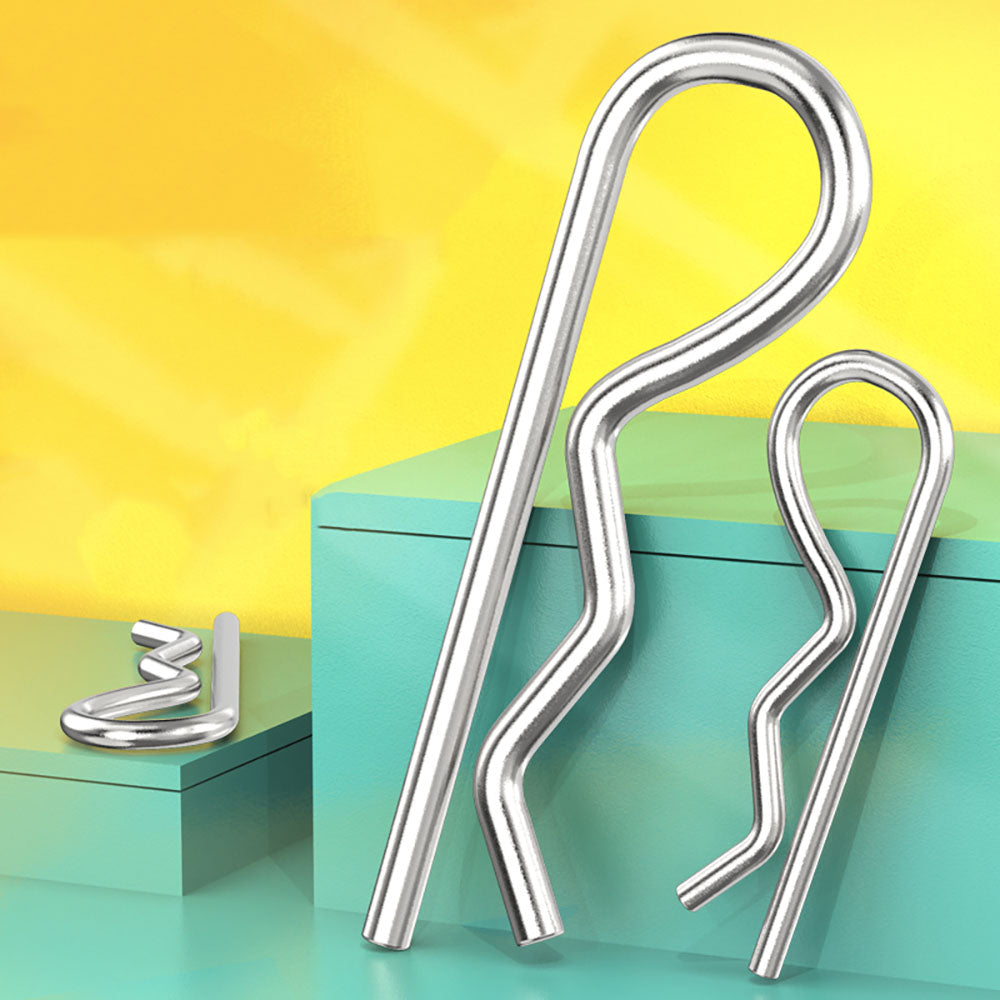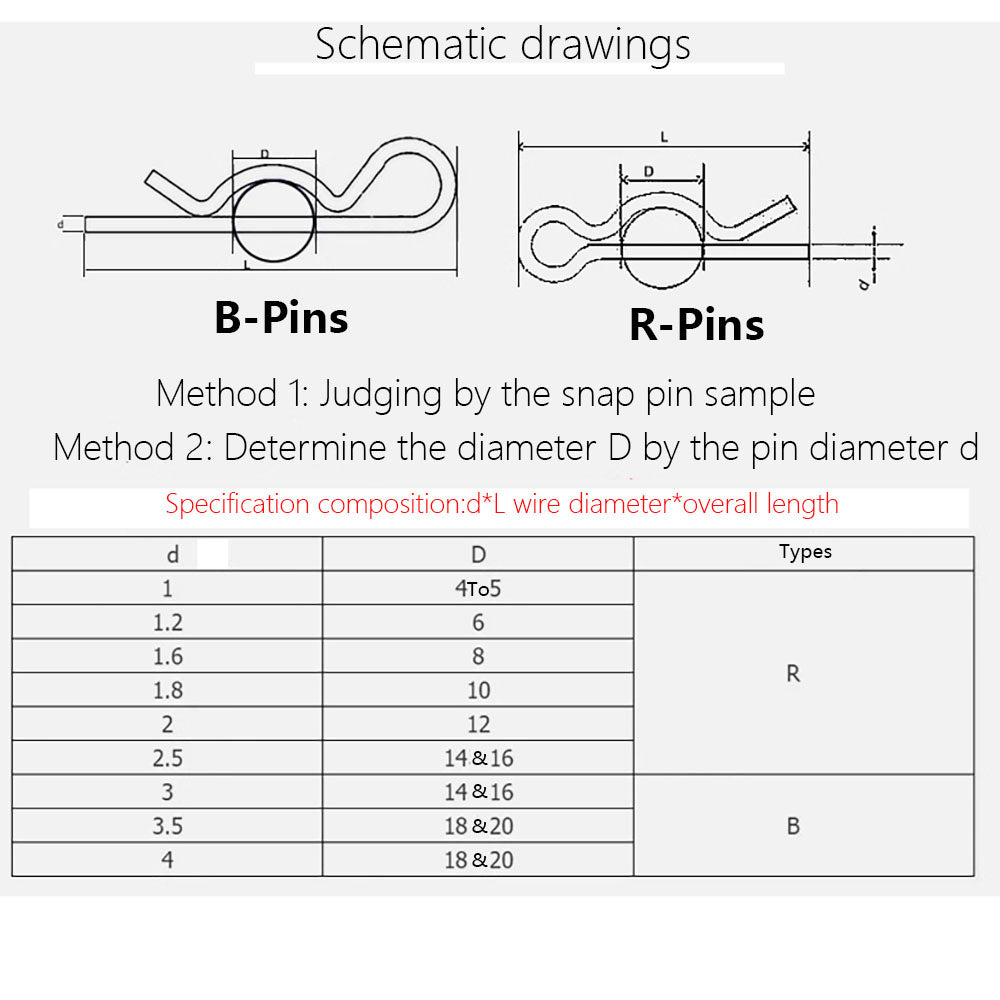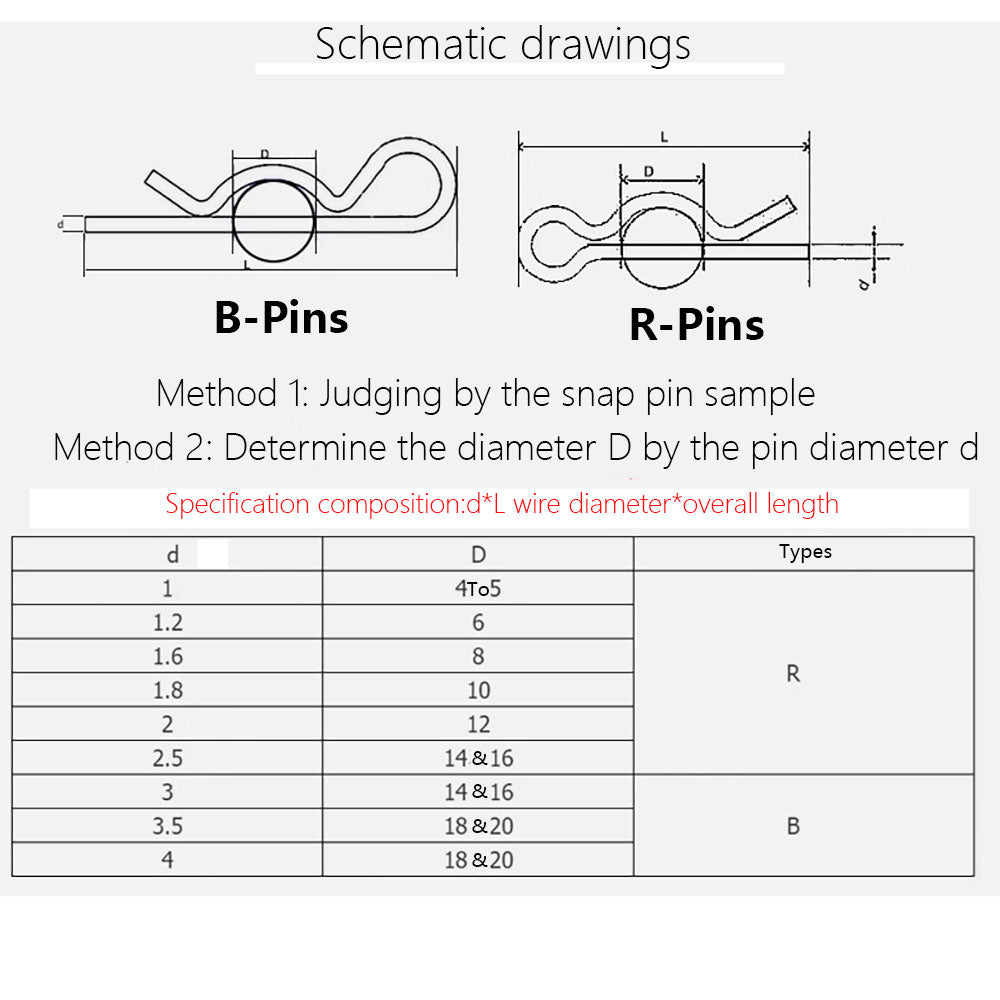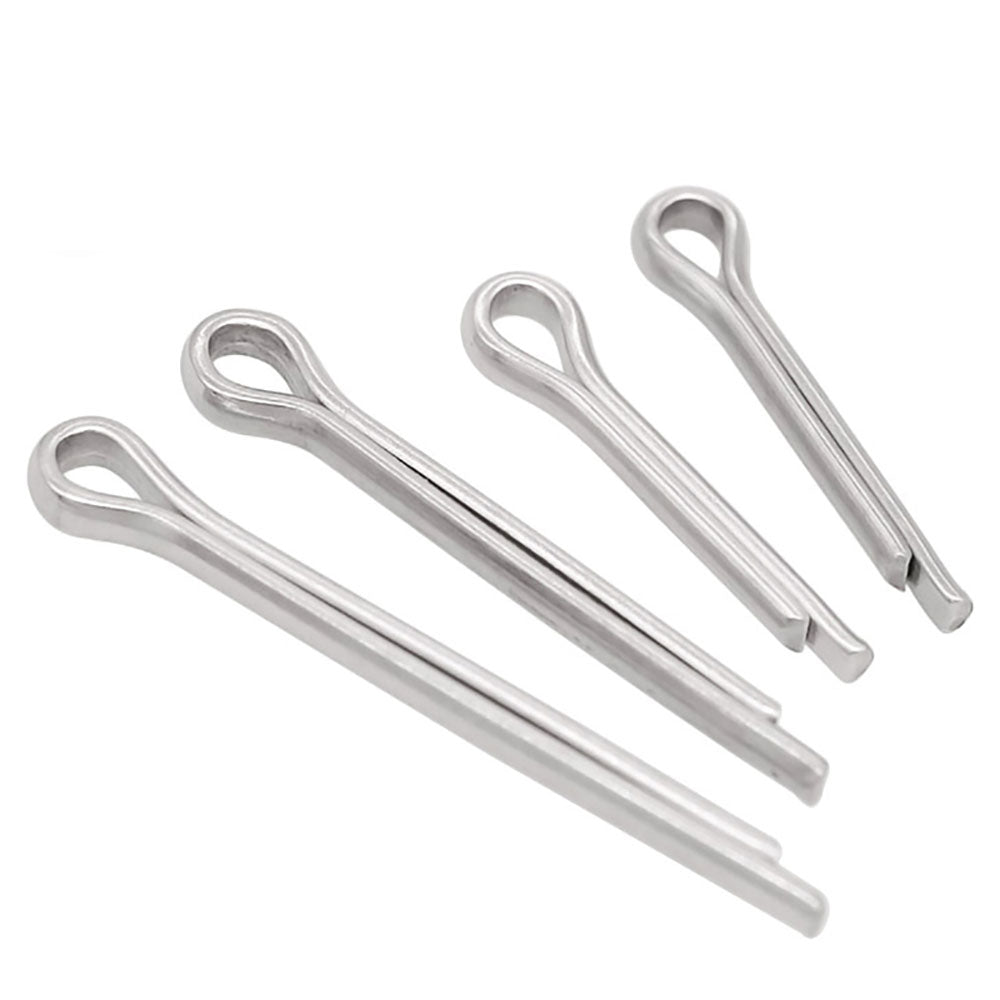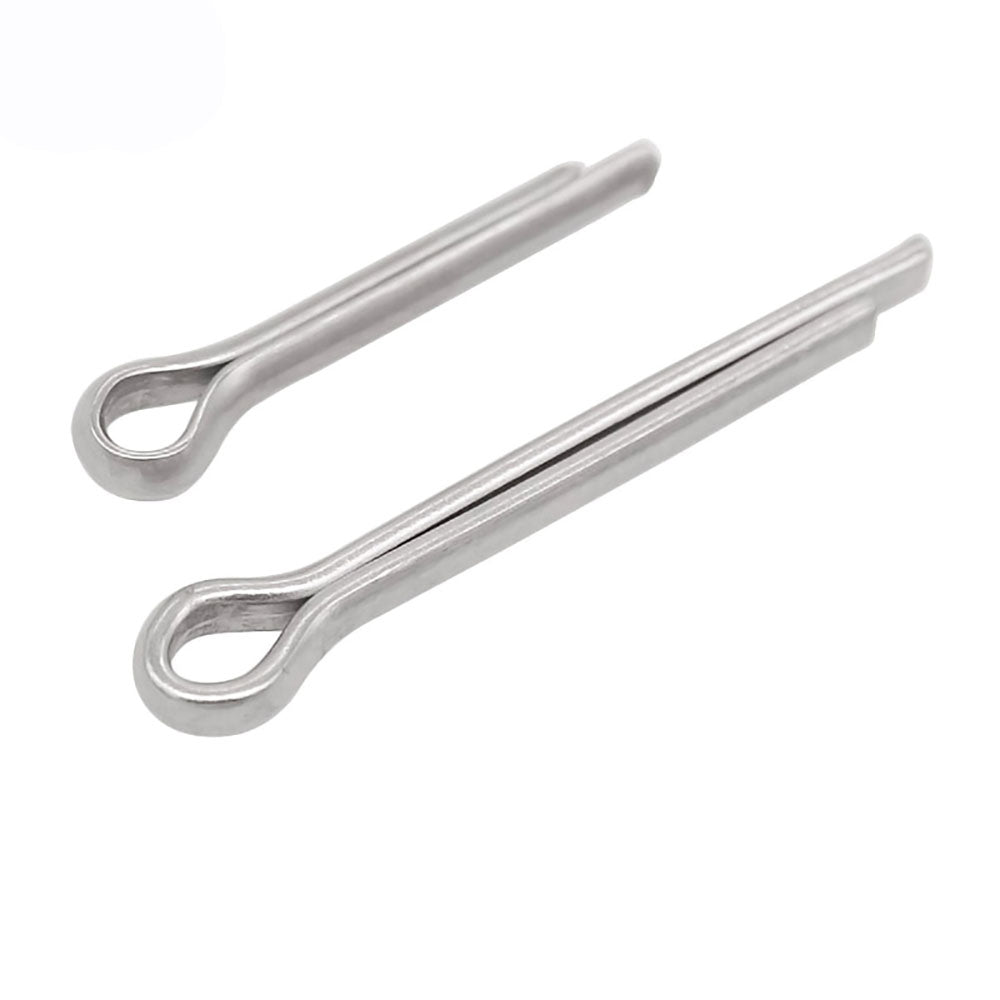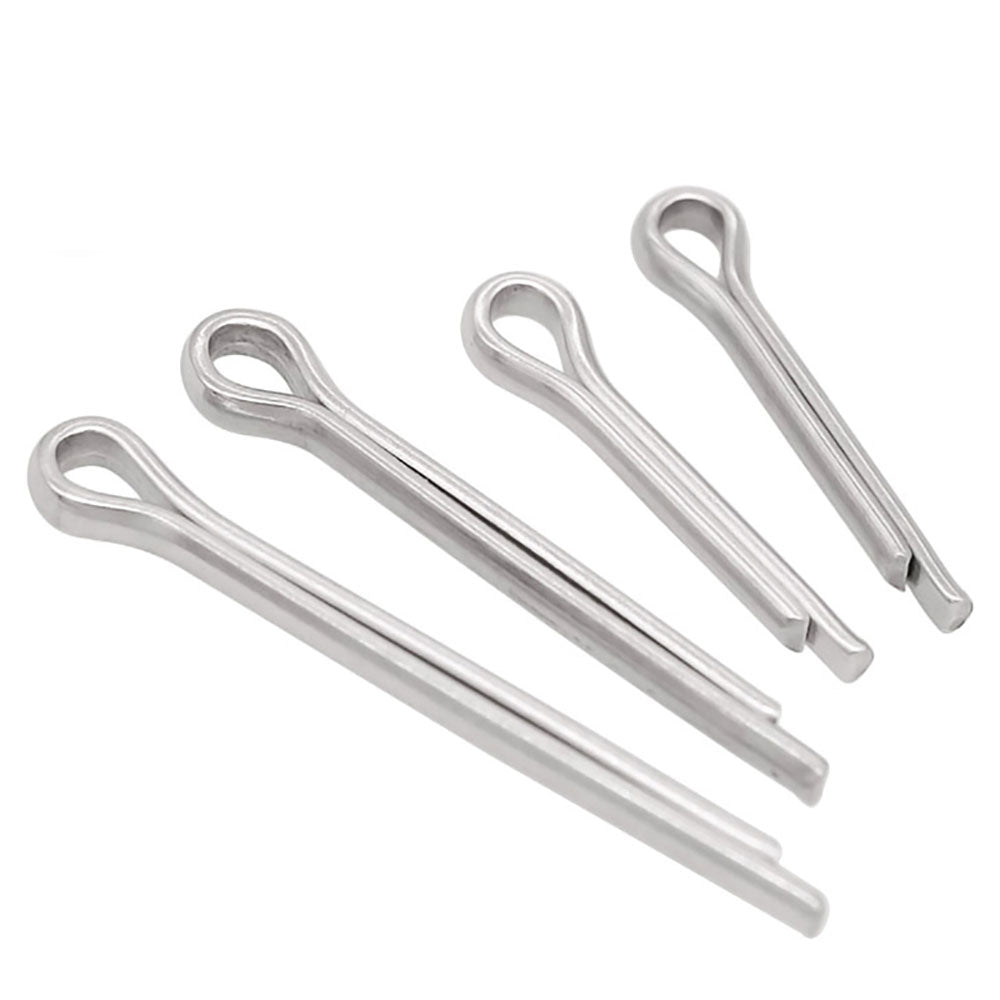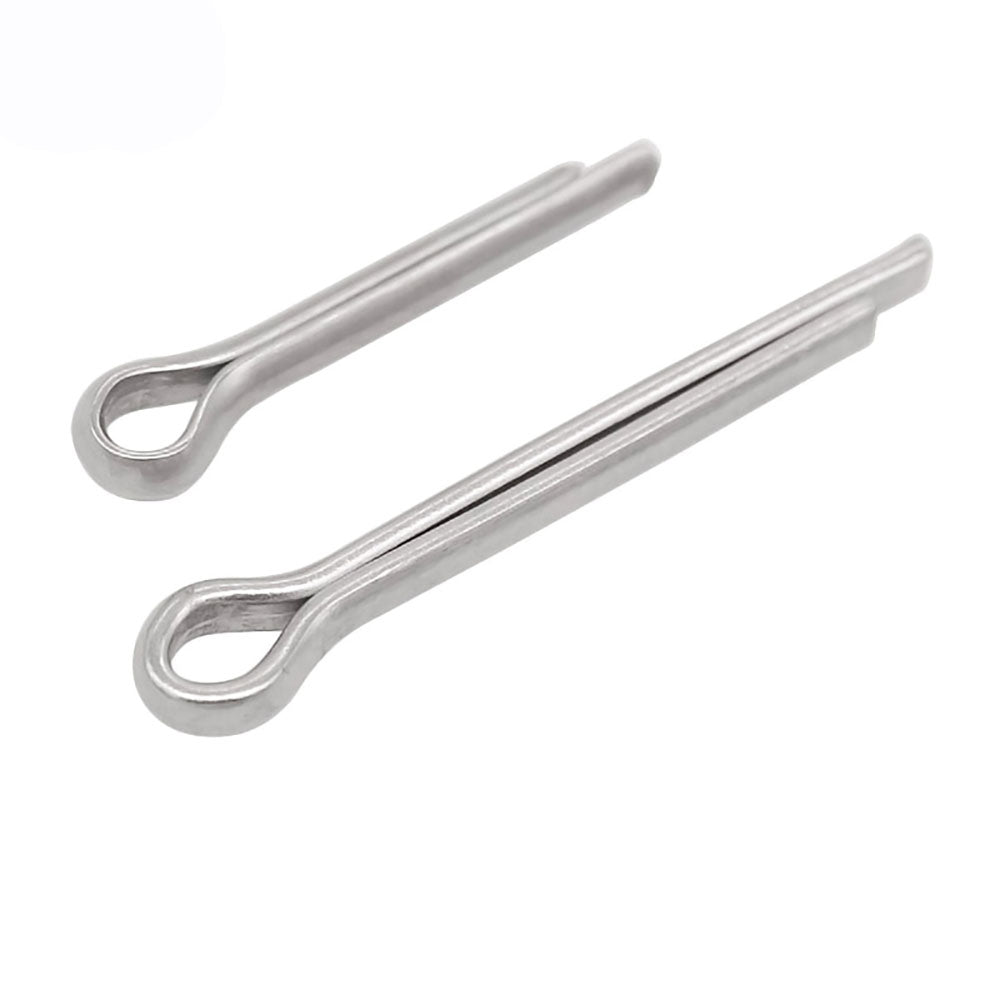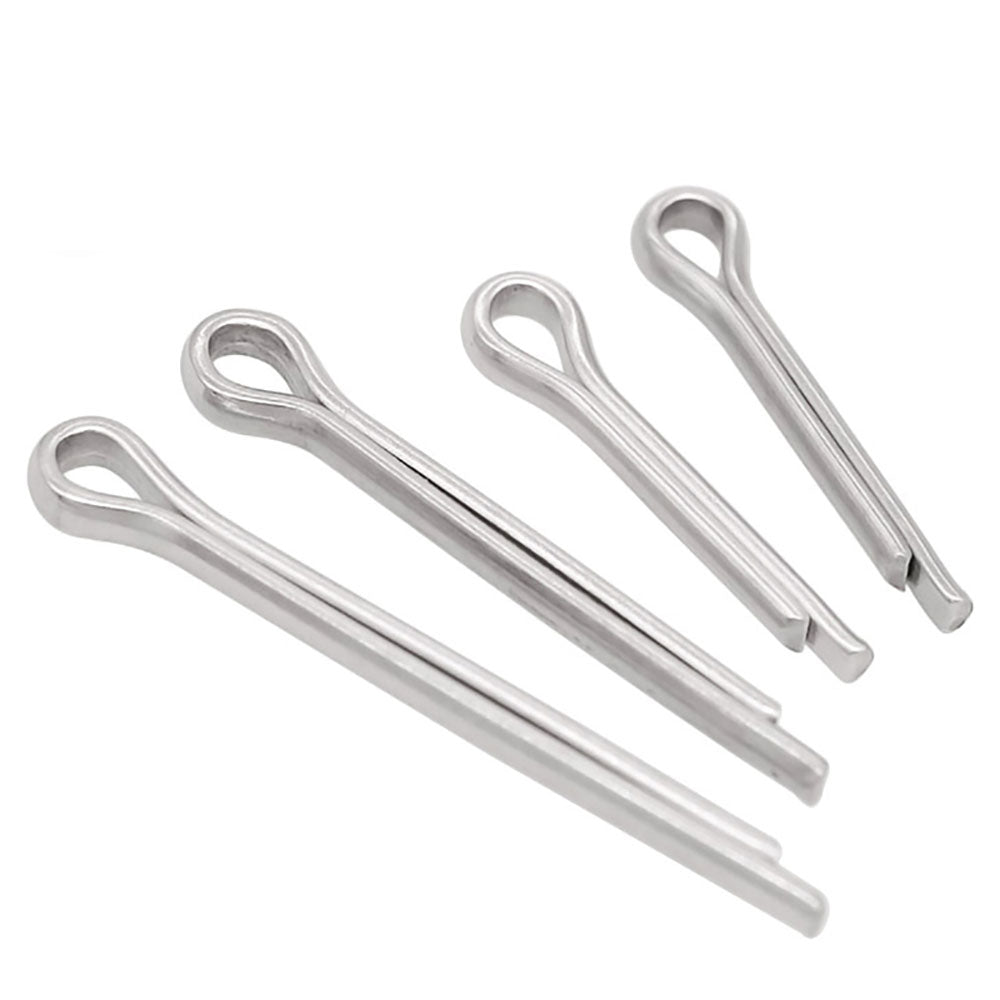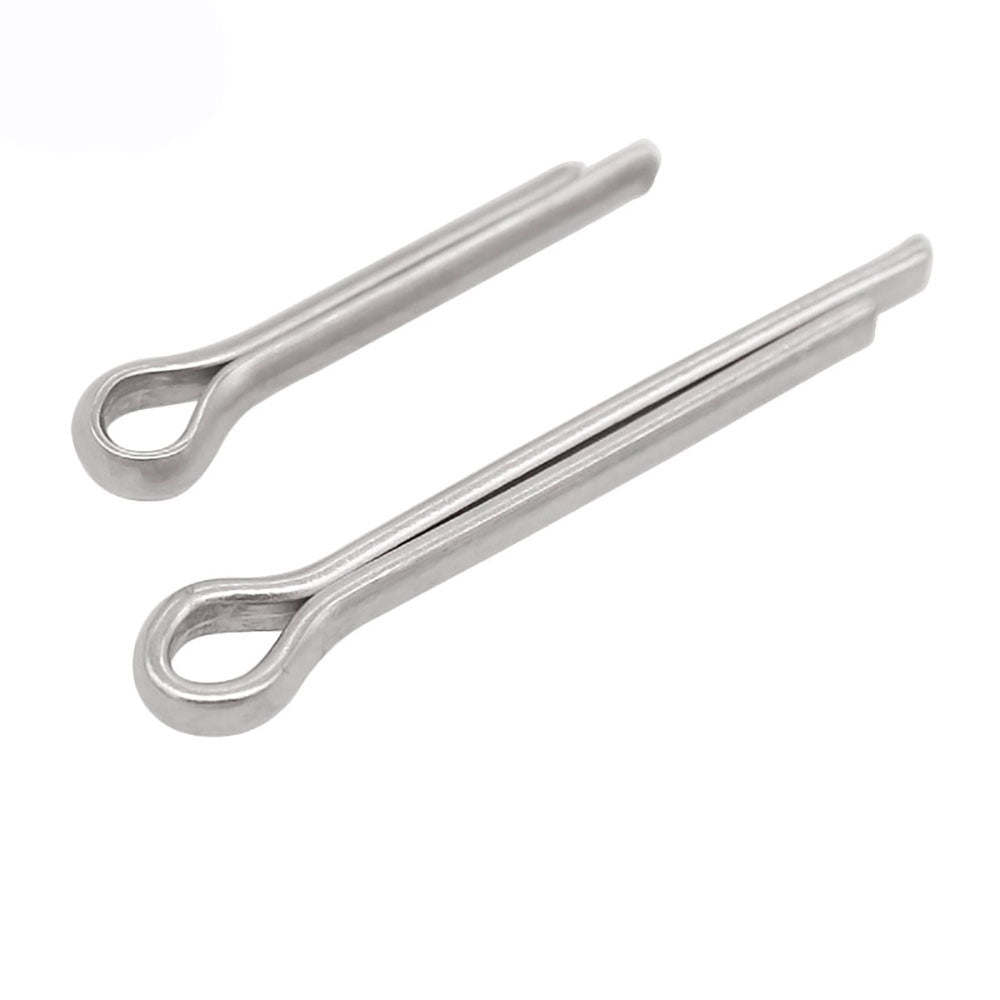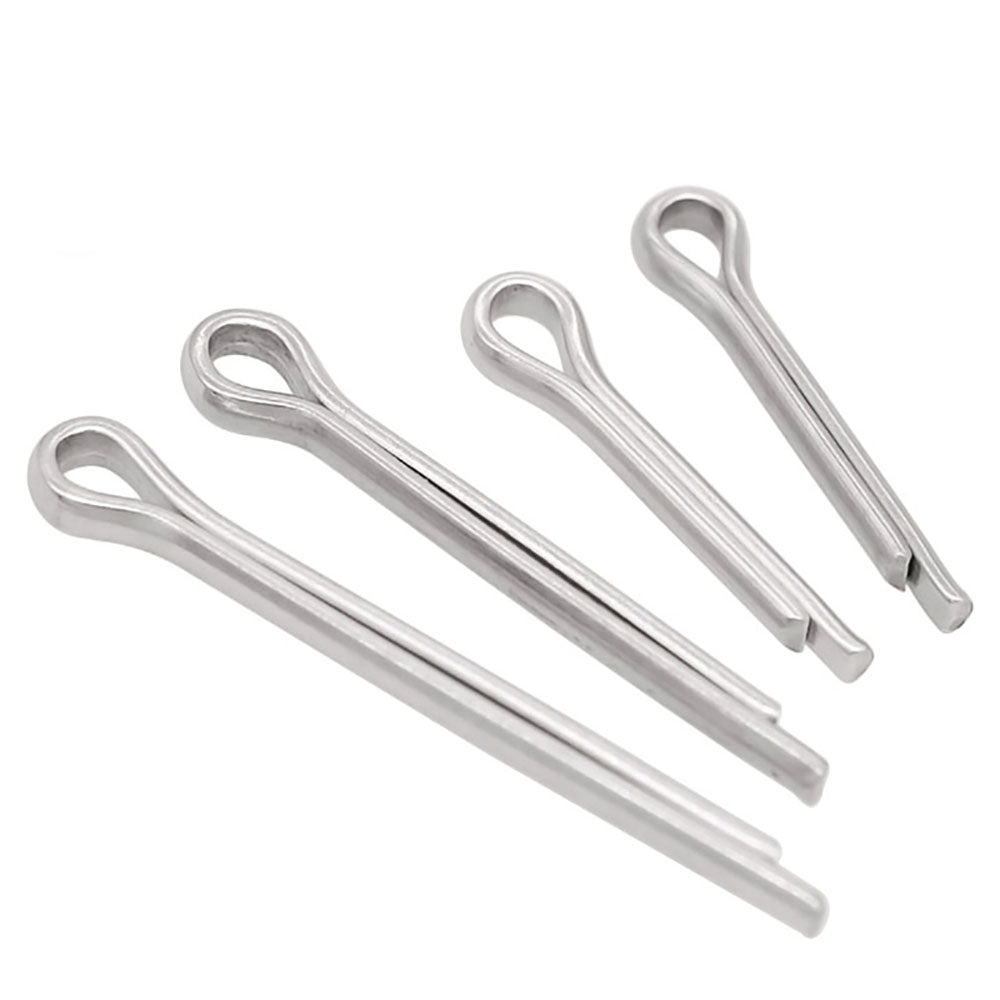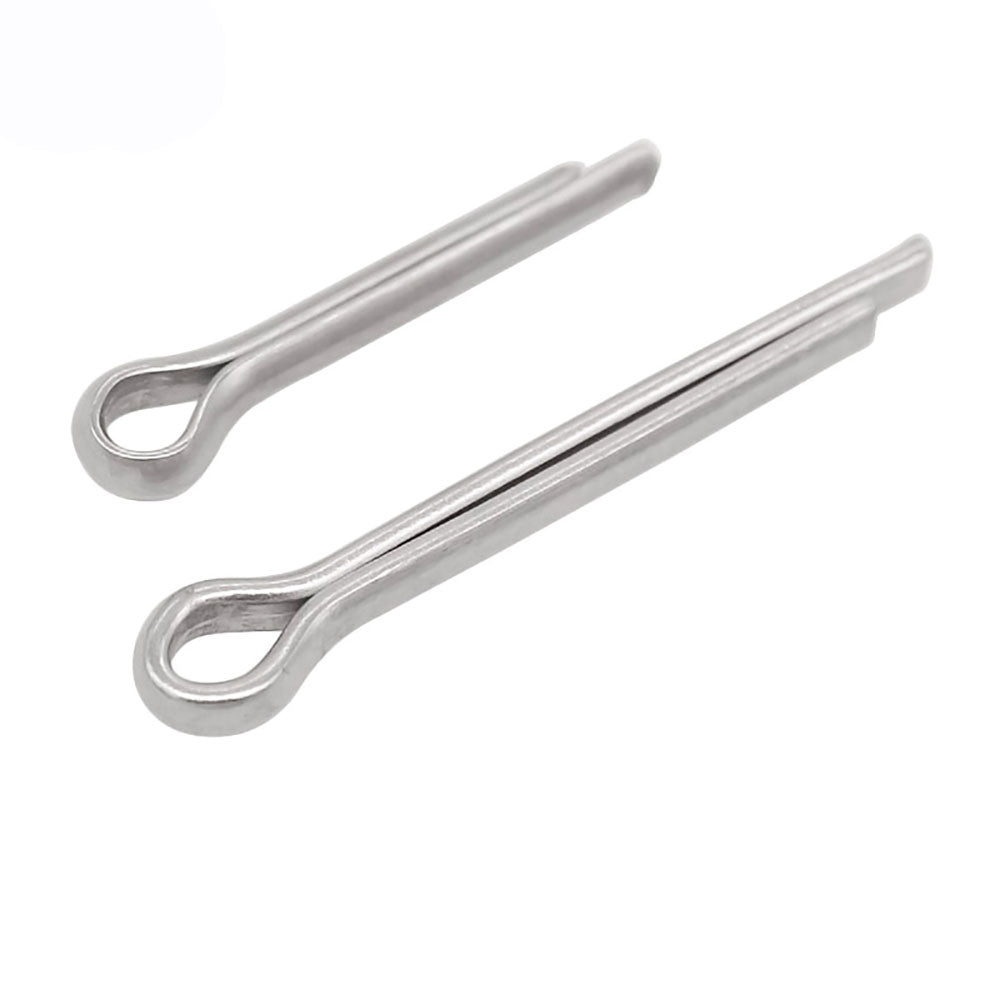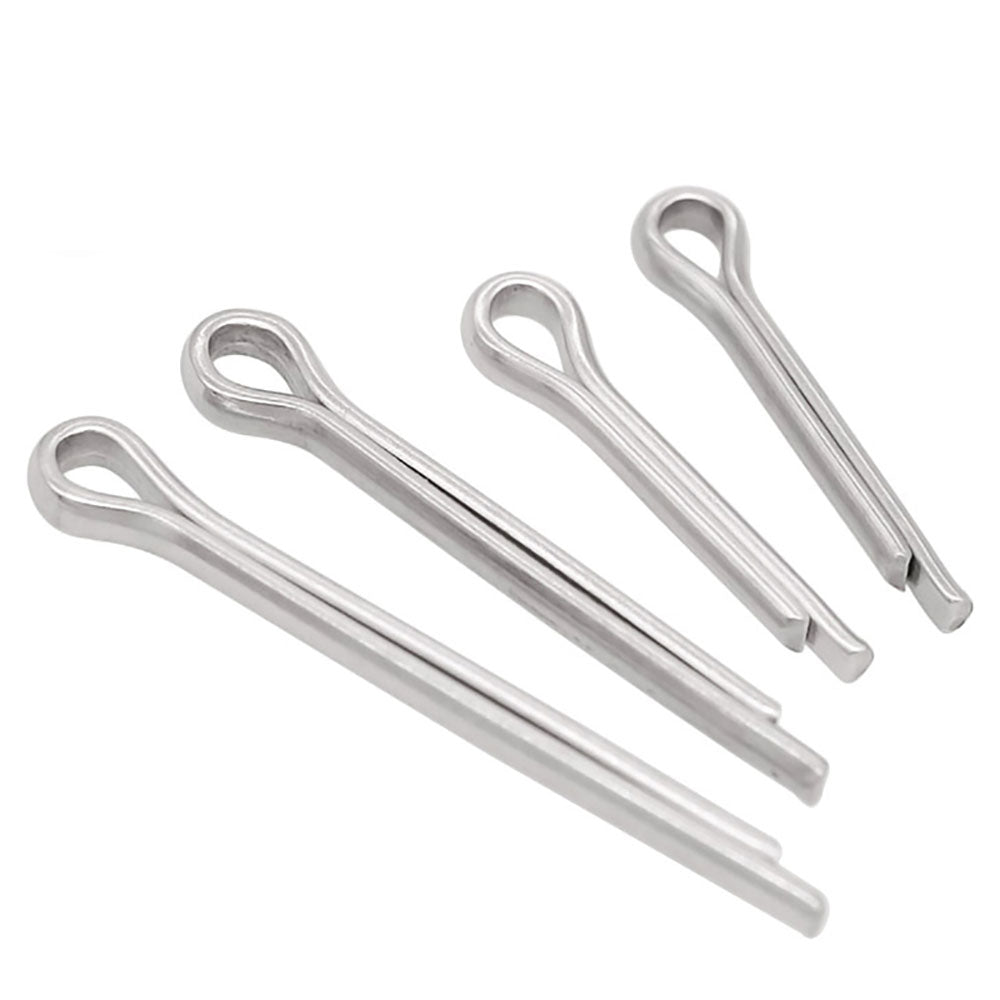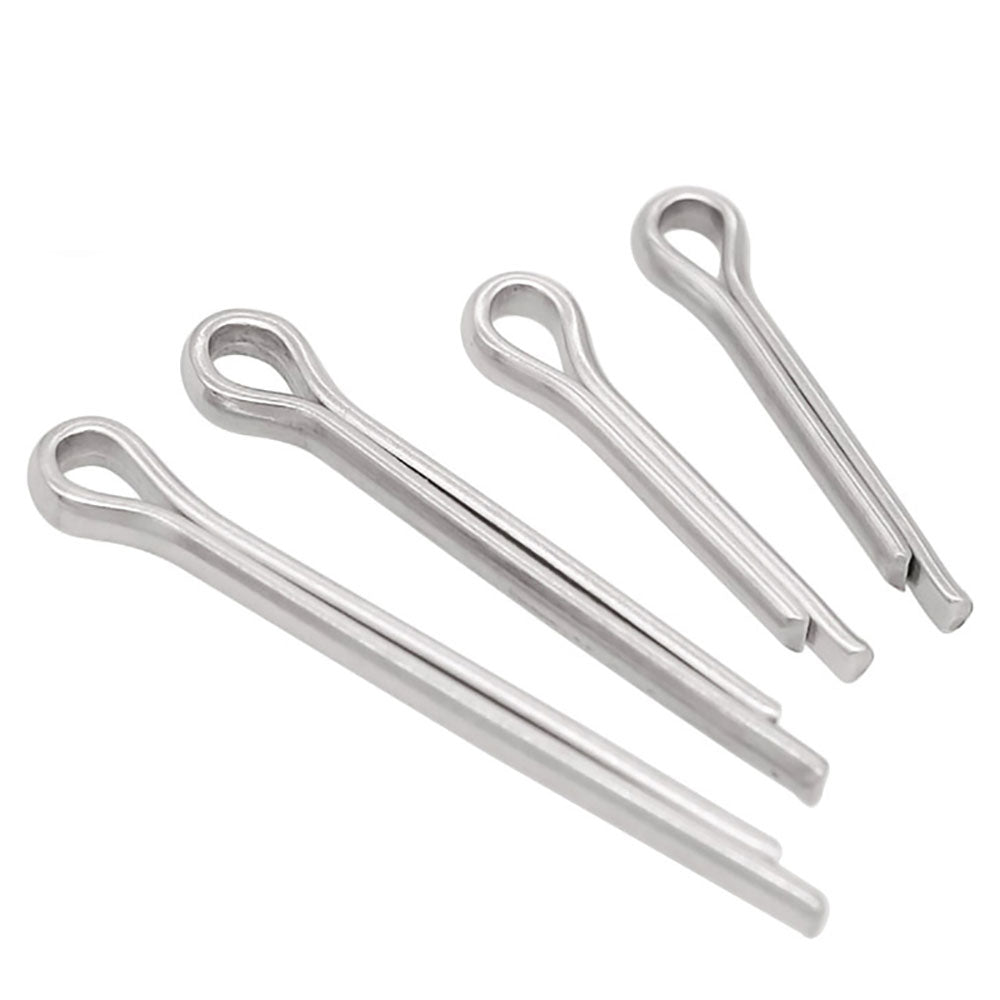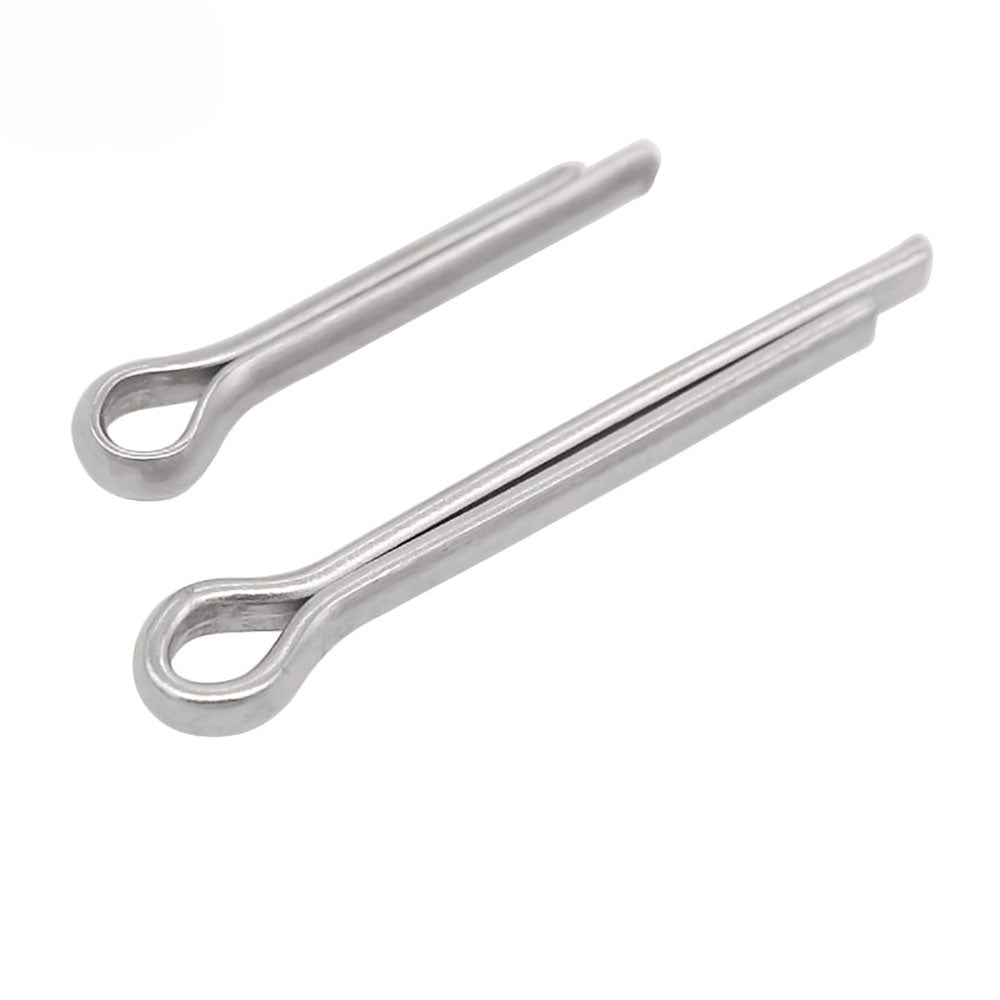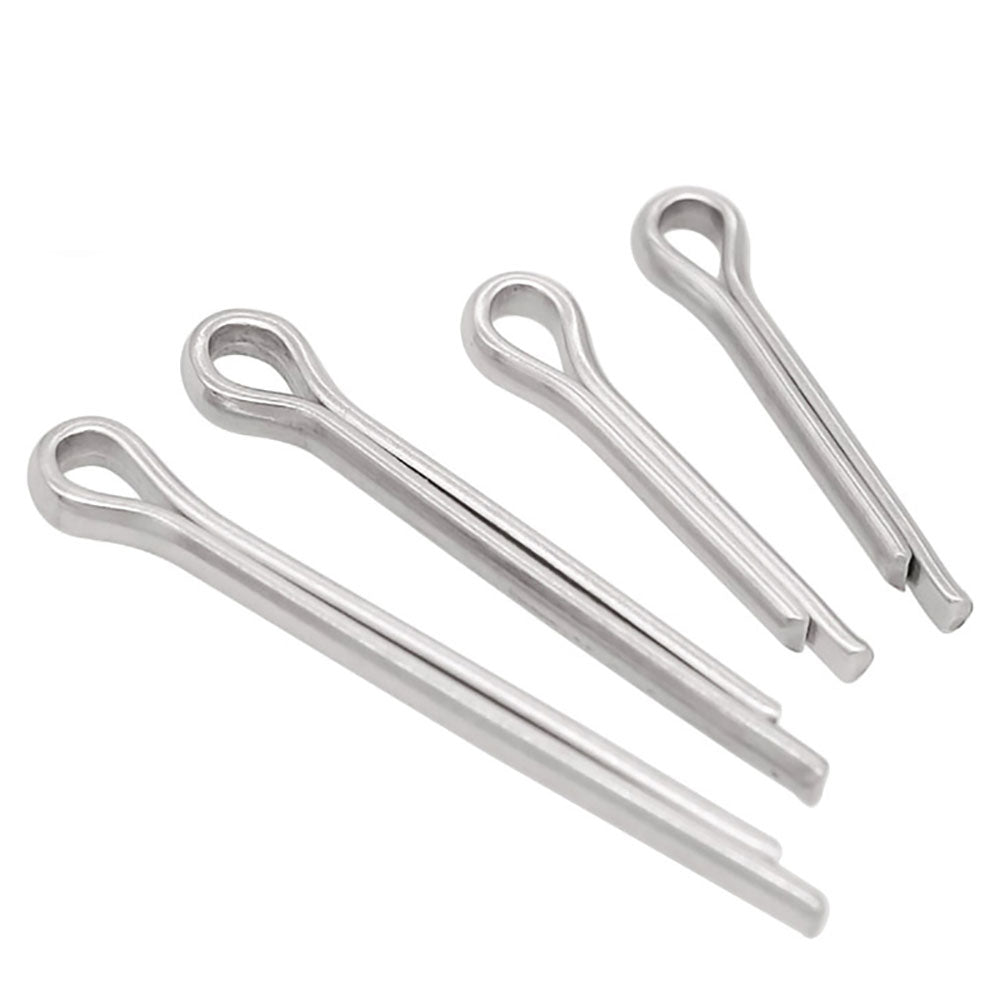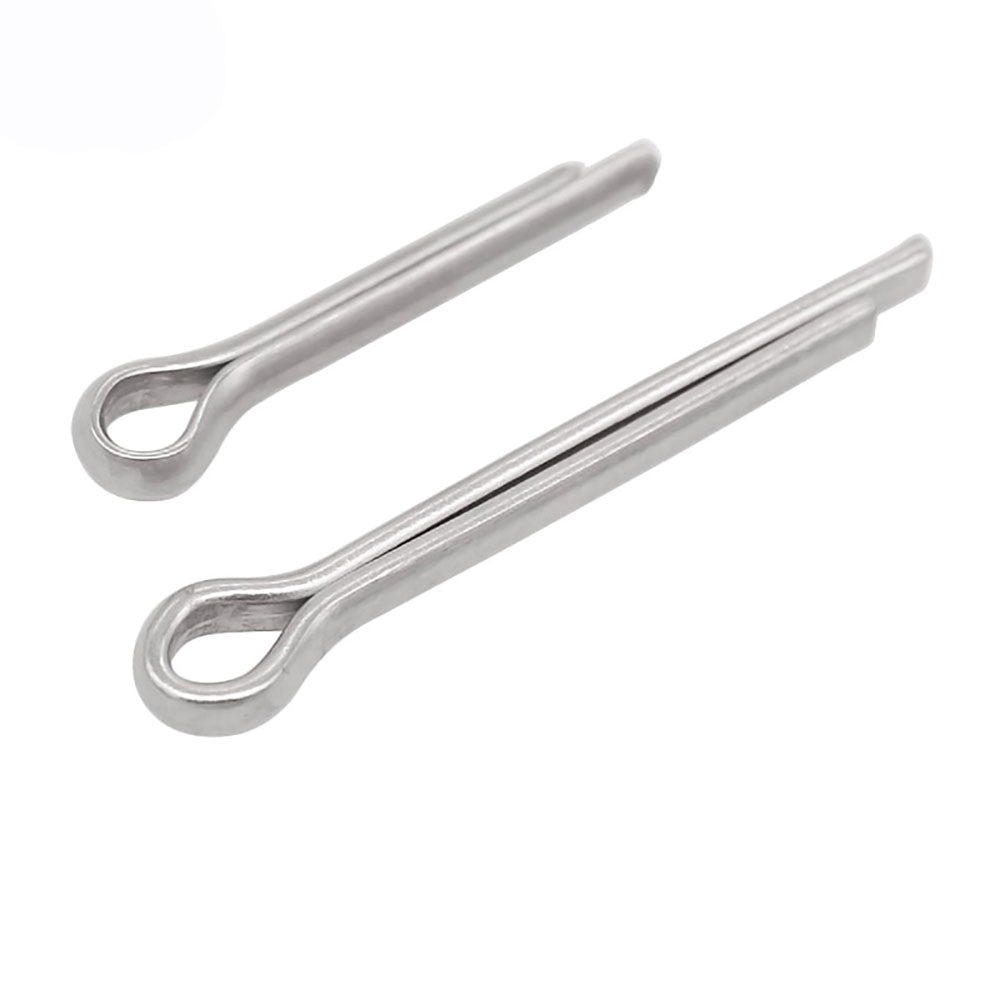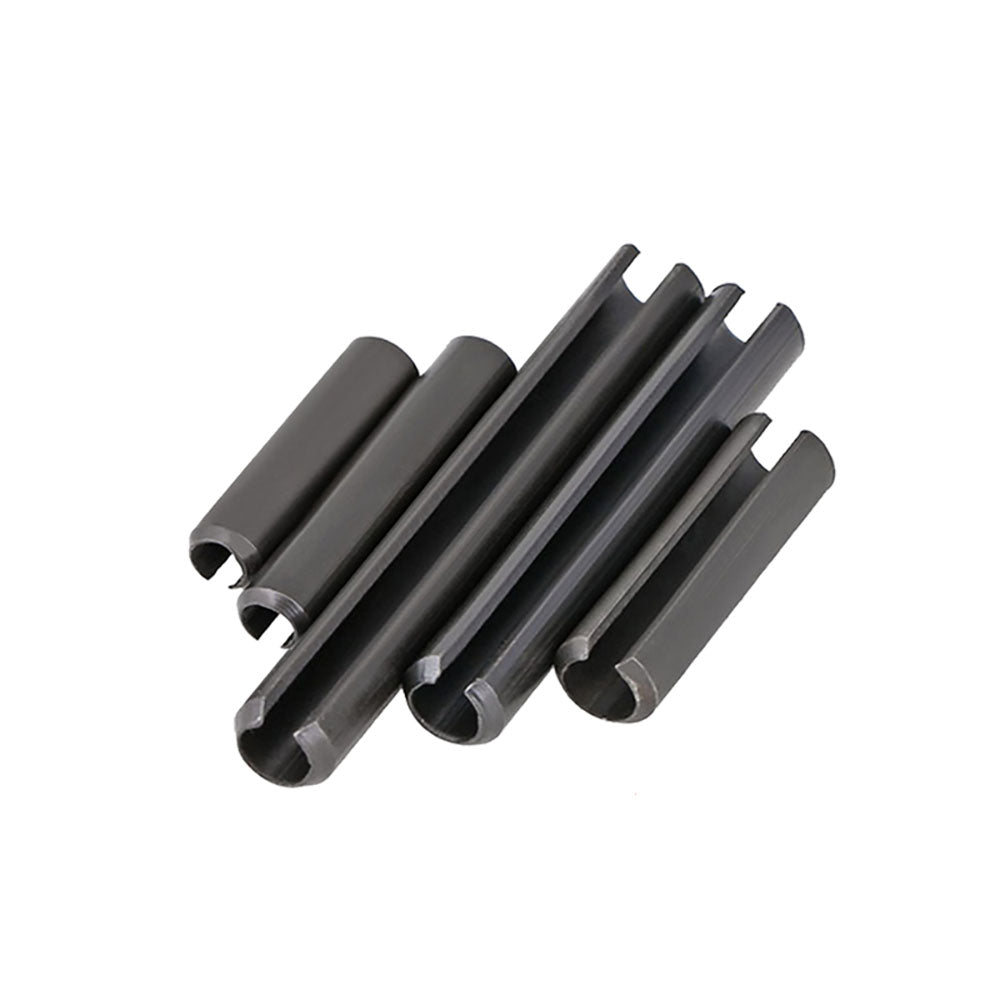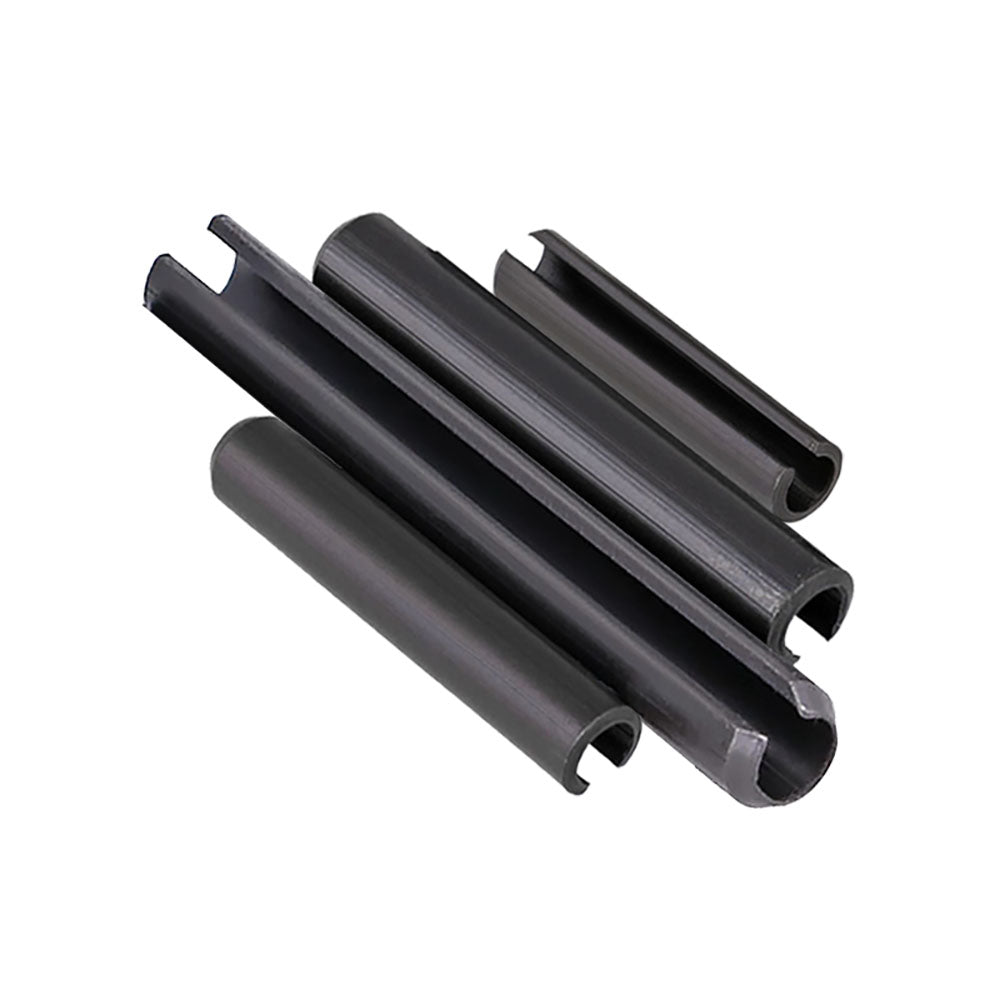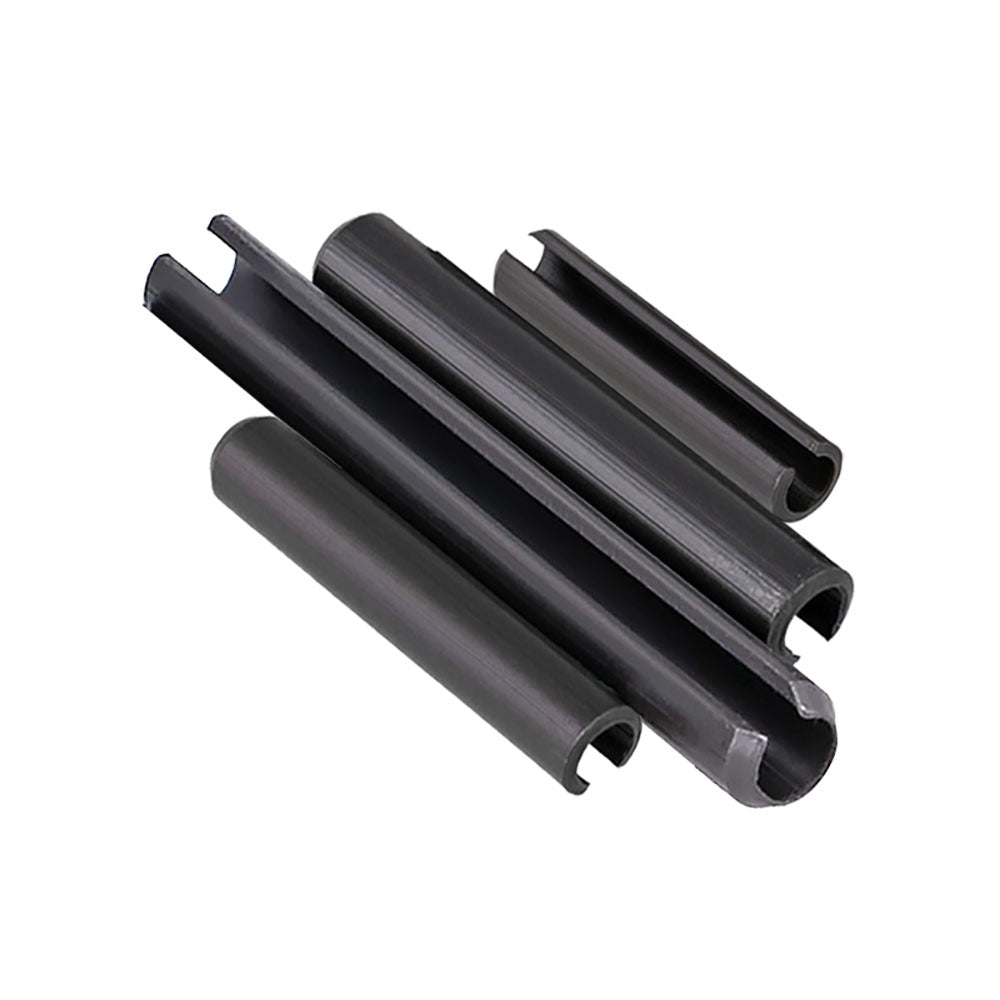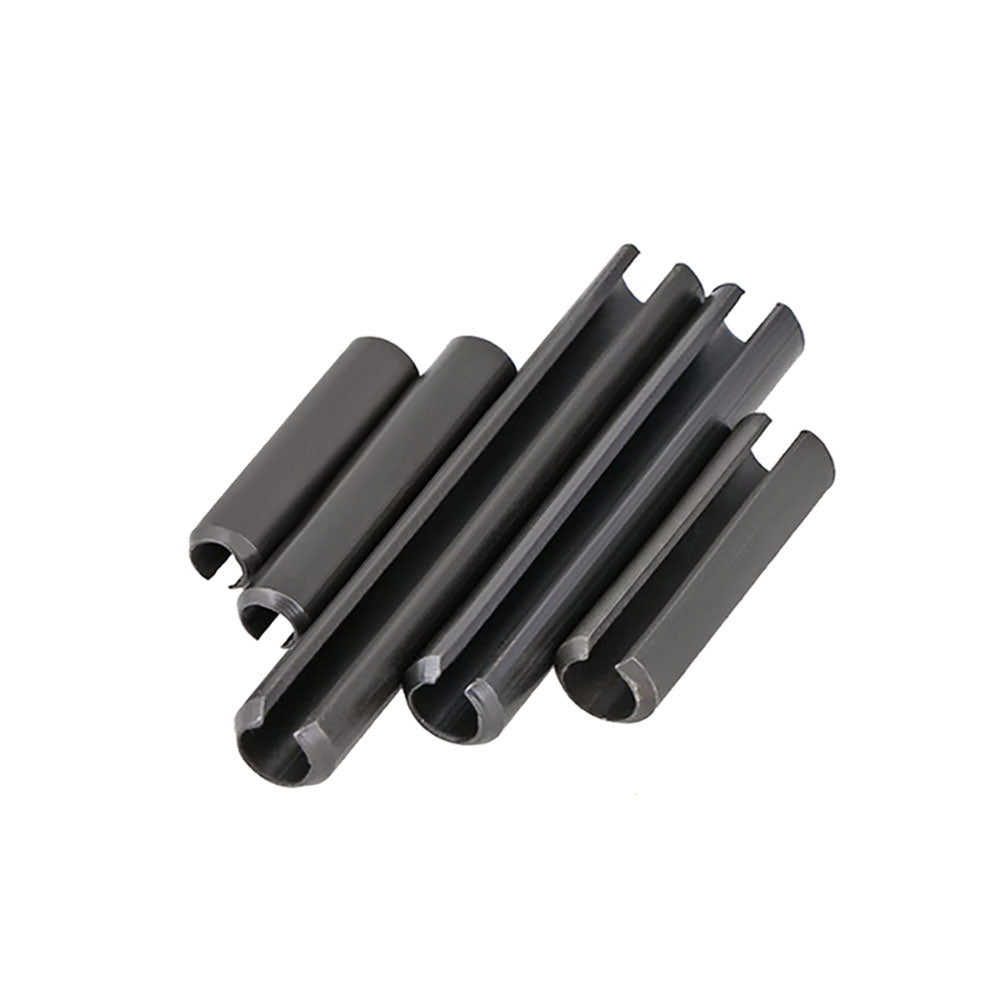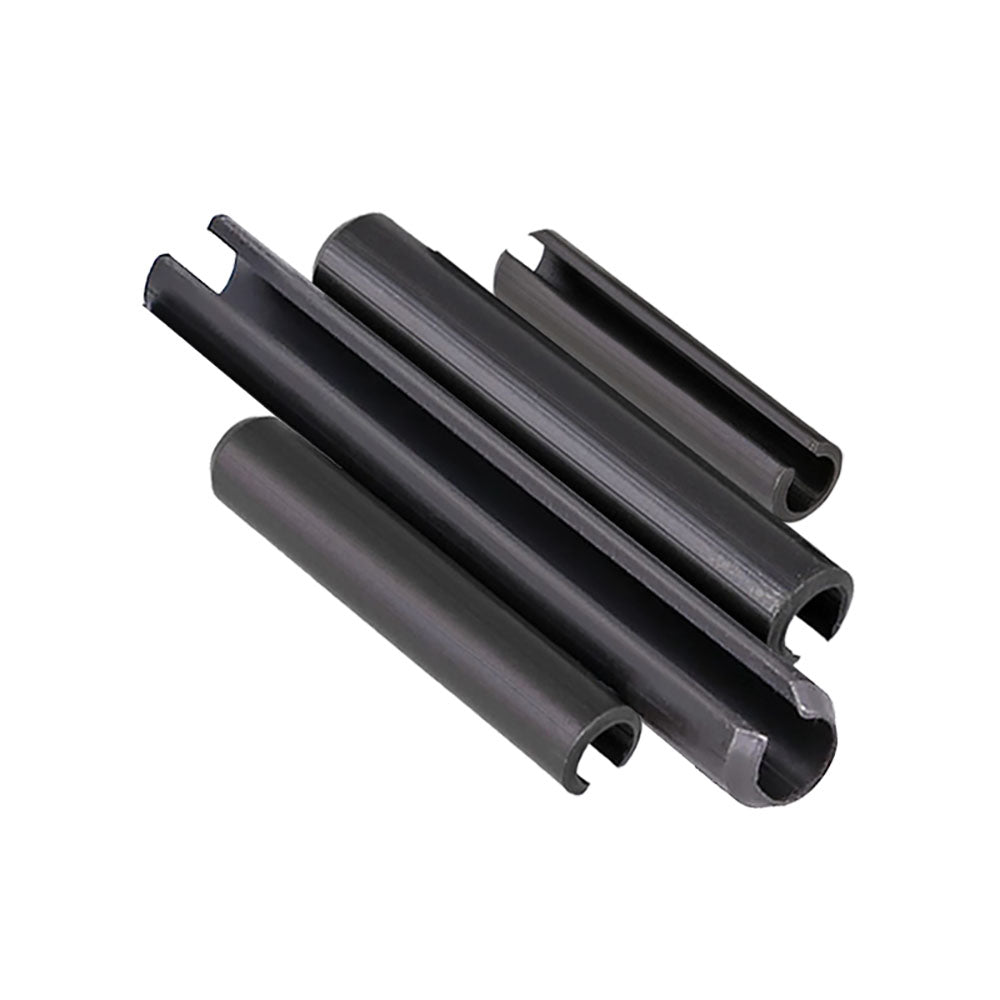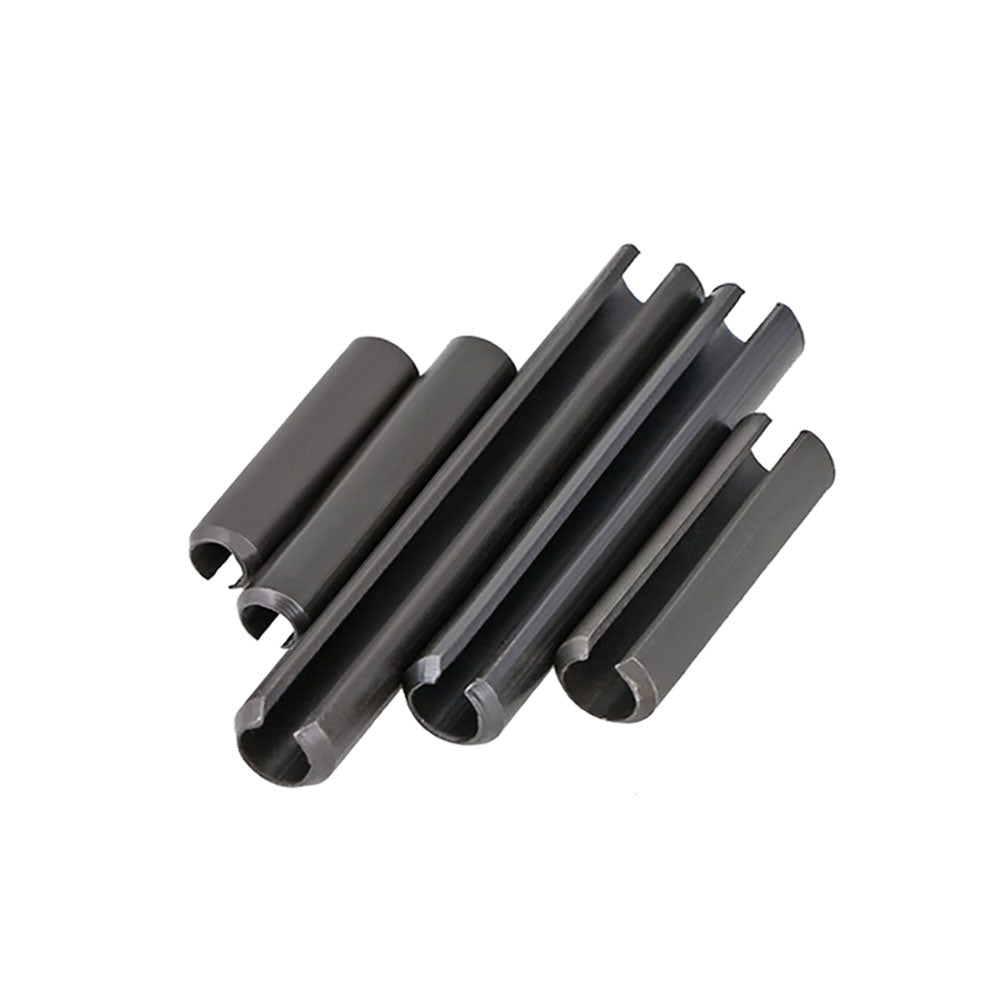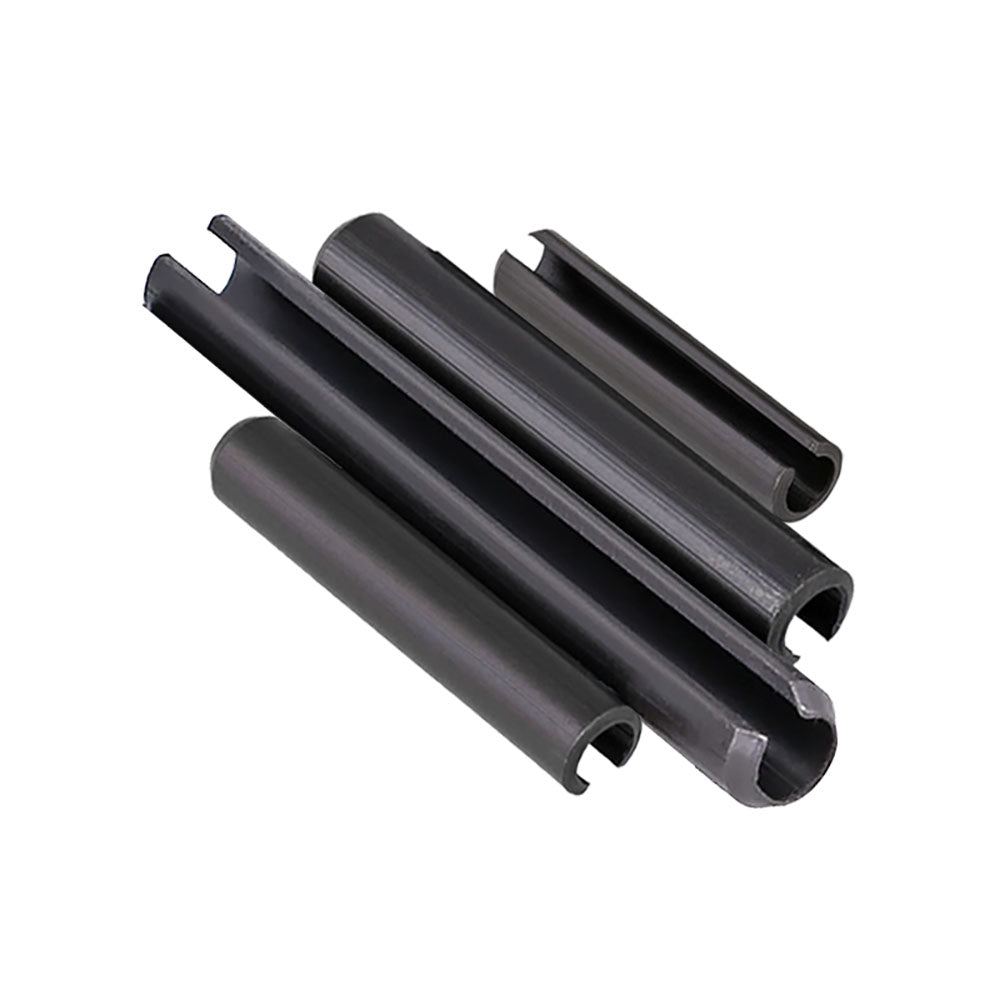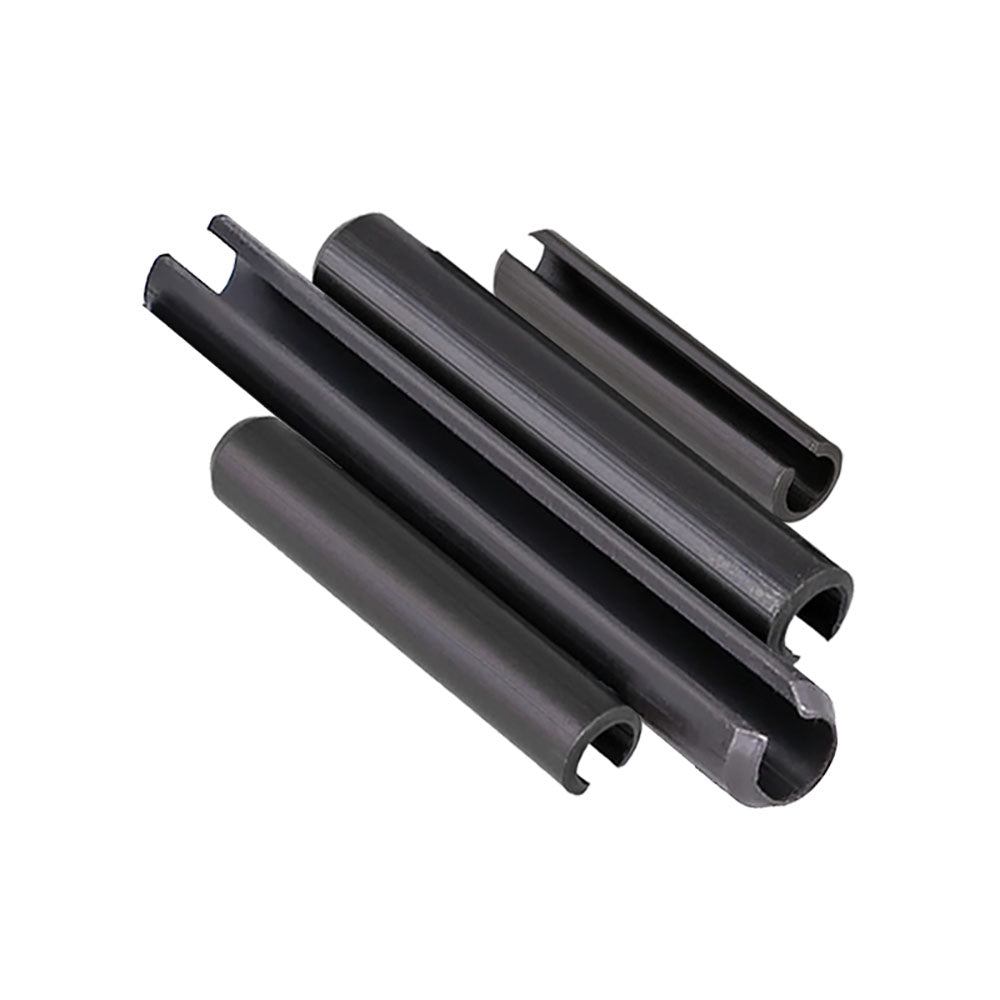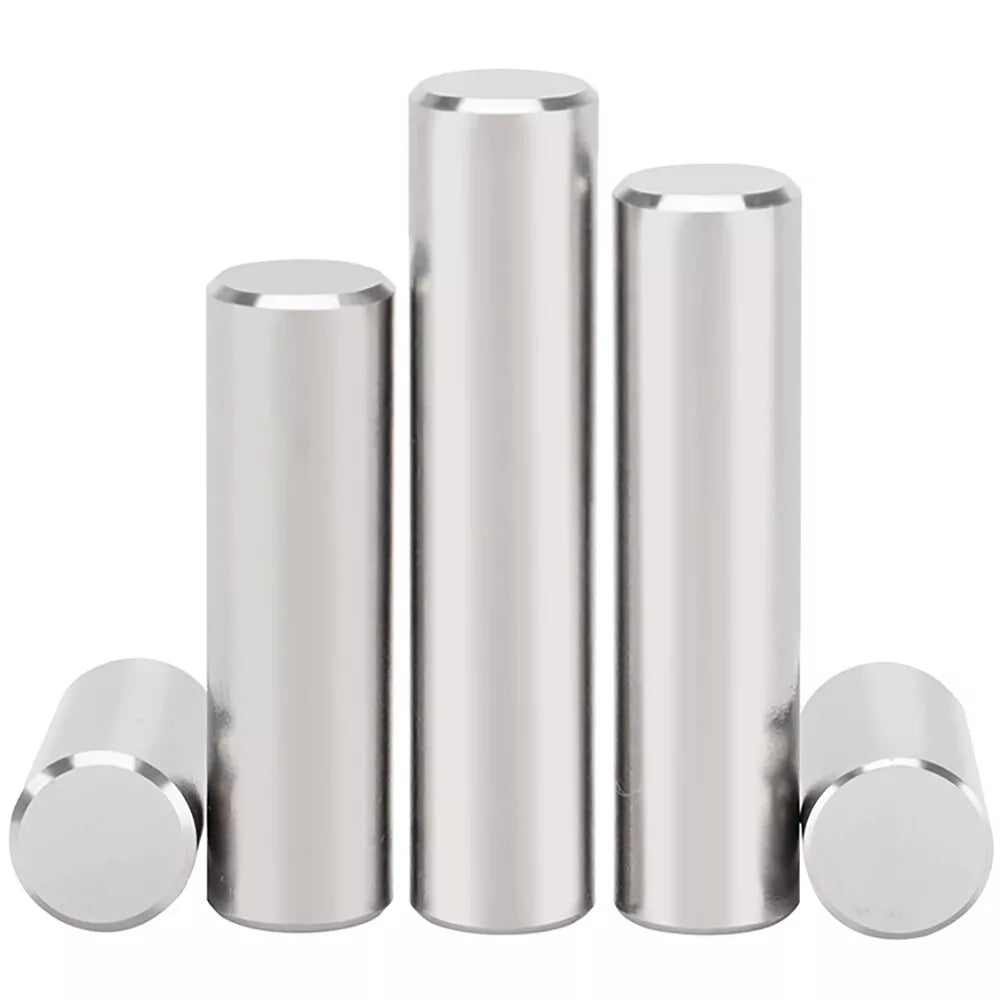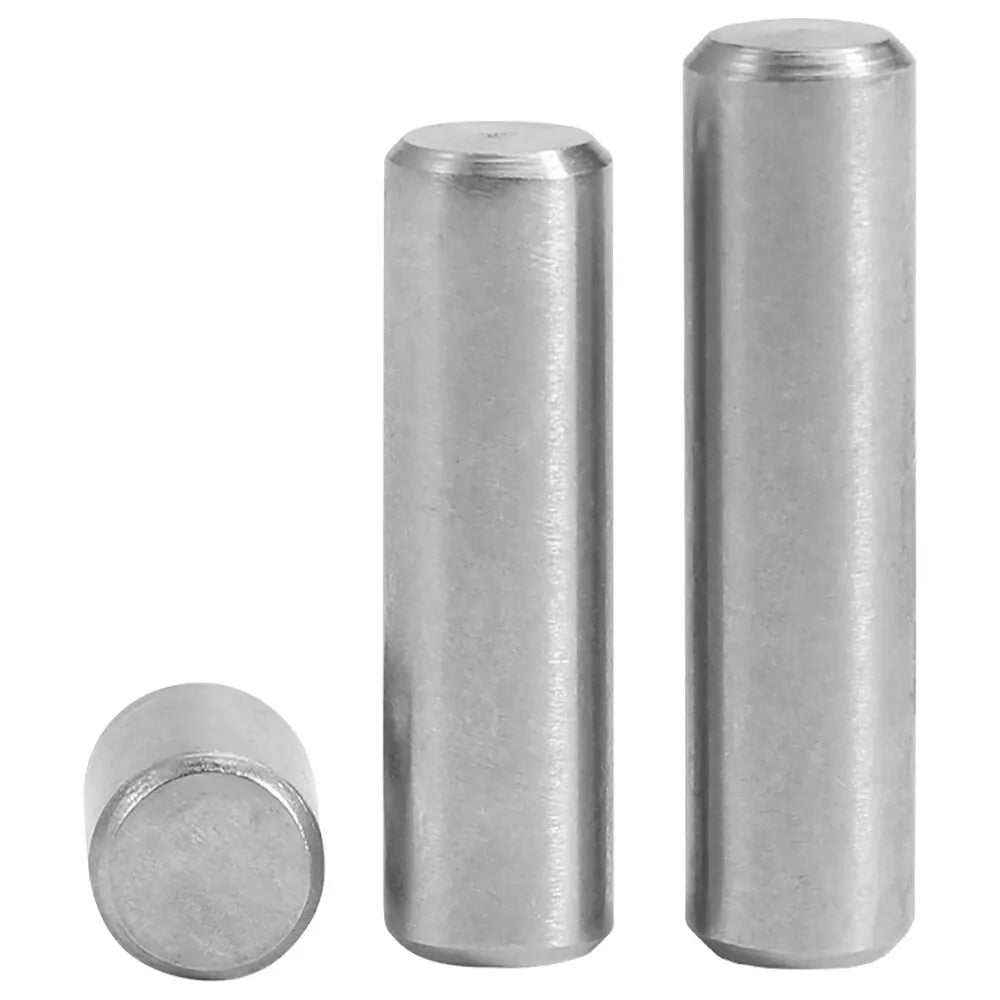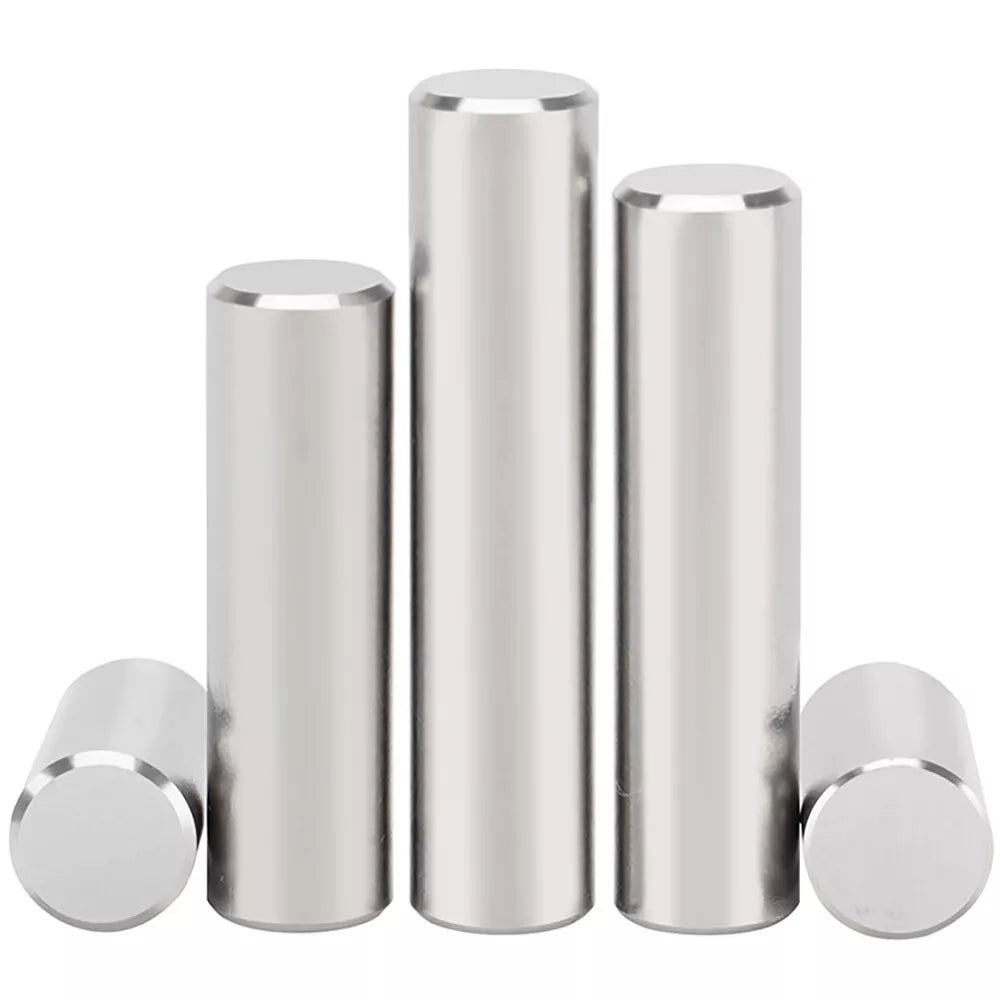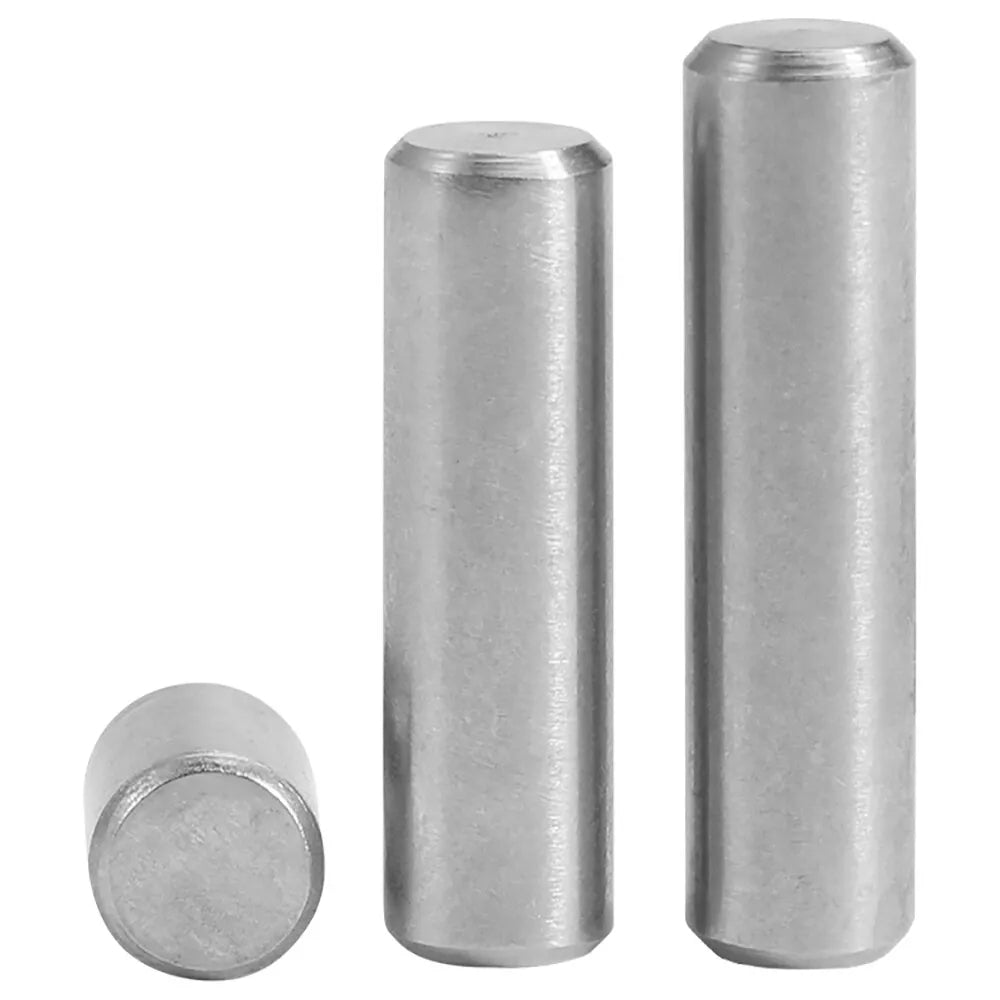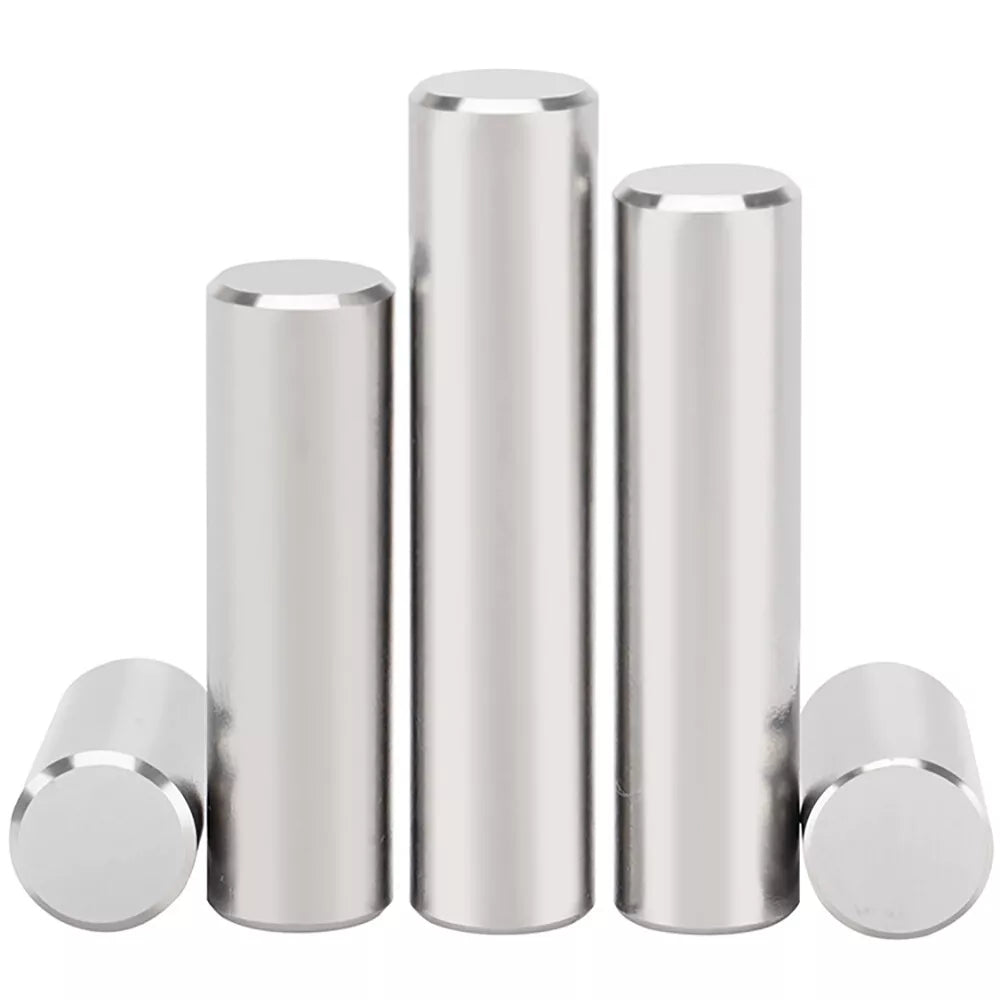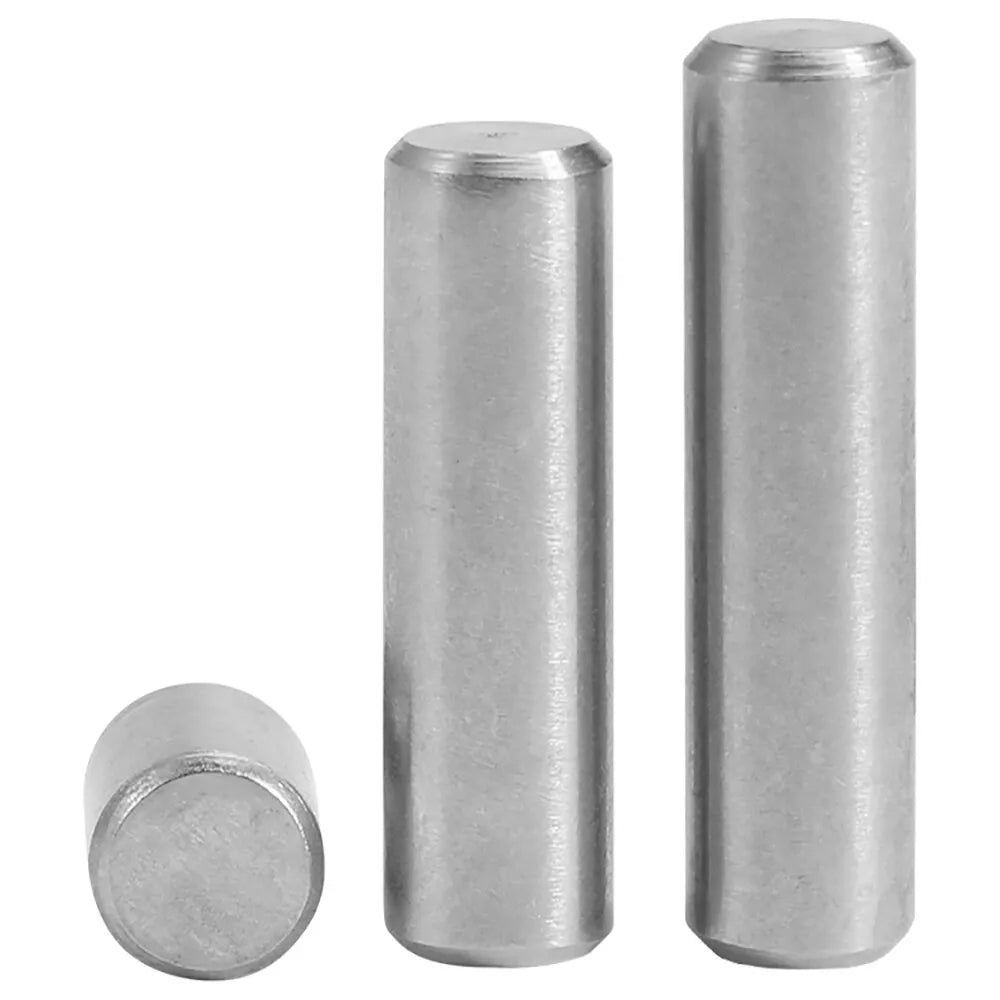Pin Fasteners: Secure Connections for Every Project
Pin fasteners are essential for creating strong, reliable joints in automotive repairs, industrial machinery, and DIY crafts. At HomeDIYer, we offer a wide range of pin fasteners—from push pins for plastic panels to heavy-duty clevis pins and cotter pins. Whether you’re fixing a car interior or assembling furniture, this guide will help you choose the right fastener and master installation techniques.Pin Fasteners: The Complete Guide to Durable and Versatile Fastening Solutions
Pin fasteners are mechanical components designed to join materials securely without the risk of loosening over time. Unlike screws or adhesives, pins distribute stress evenly, making them ideal for high-vibration environments, automotive assemblies, and industrial applications. In this guide, we’ll explore the types of pin fasteners, their uses, installation tips, and answers to common questions like “How do pin fasteners work?” and “How to remove push pin fasteners?”
1. Types of Pin Fasteners
- Push Pins (Push-In Fasteners)
- Split Pins (Cotter Pins)
- Clevis Pins
- Spring Pins (Roll Pins)
- Specialty Pins
2. How to Use Pin Fasteners (Step-by-Step)
Step 1: Select the Right Pin
Match the pin type to your project. For example, use plastic push pin fasteners for car interiors or stainless steel cotter pins for outdoor machinery.
Step 2: Prepare the Materials
Drill a hole slightly larger than the pin’s diameter. For split pins, ensure the hole aligns with the bolt’s cross-hole.
Step 3: Insert the Pin
- Push Pins: Press firmly until the pin clicks into place.
- Cotter Pins: Insert through the bolt hole, then bend the legs outward.
- Spring Pins: Tap gently with a hammer for a snug fit.
Step 4: Inspect and Test
Ensure the pin is secure and flush with the surface. For mistakes, learn how to remove push pin fasteners using a trim tool or flathead screwdriver.
Search Keywords: how to use pin fasteners, pin fastener types
3. Choosing the Right Pin Fastener
- Material:
- Size: Refer to a pin fastener size chart for diameter and length guidelines.
- Brand: Trusted suppliers like Fastenal pins ensure consistent quality.
4. Top Applications for Pin Fasteners
- Automotive Repairs: Secure trim panels with GM push pin fasteners or Ford push pin fasteners.
- Construction: Use clevis pins and cotter pins in scaffolding or rigging.
- DIY Crafts: Attach fabrics or decorations with brass split pin paper fasteners.
- Industrial Machinery: Align components with dowel pins fastenal.
Search Keywords: types of fastening pins, metal fastening pin
5. FAQs
Q: How do I remove a push pin fastener without damaging the panel?
A: Slide a trim tool under the pin head and pry gently. For stubborn pins, use needle-nose pliers.
Q: Can I reuse plastic push pins?
A: Yes! Most plastic pins are designed for multiple uses unless damaged.
Q: What’s the difference between cotter pins and split pins?
A: They’re the same—regional terms for pins with bendable legs.
6. Why Choose HomeDIYer?
- Free Shipping: On orders over $50.
- Bulk Discounts: Save 15% on assorted pin fastener kits.
- Expert Support: Call or chat for sizing advice or project tips.
Pro Tips:
- Label pins in a pin organizer tray for quick access.
- For high-stress joints, combine pins with washers or locking nuts.
- Always wear gloves when handling metal pins to avoid cuts.
By understanding pin fastener types, uses, and best practices, you’ll tackle projects with precision and confidence. Explore our collection today and upgrade your toolkit!

